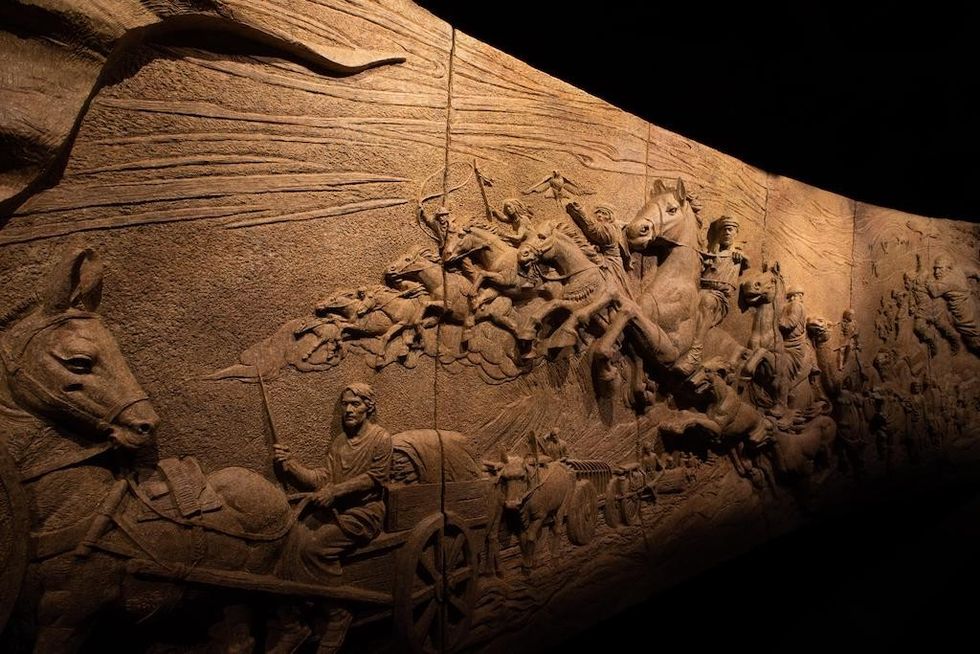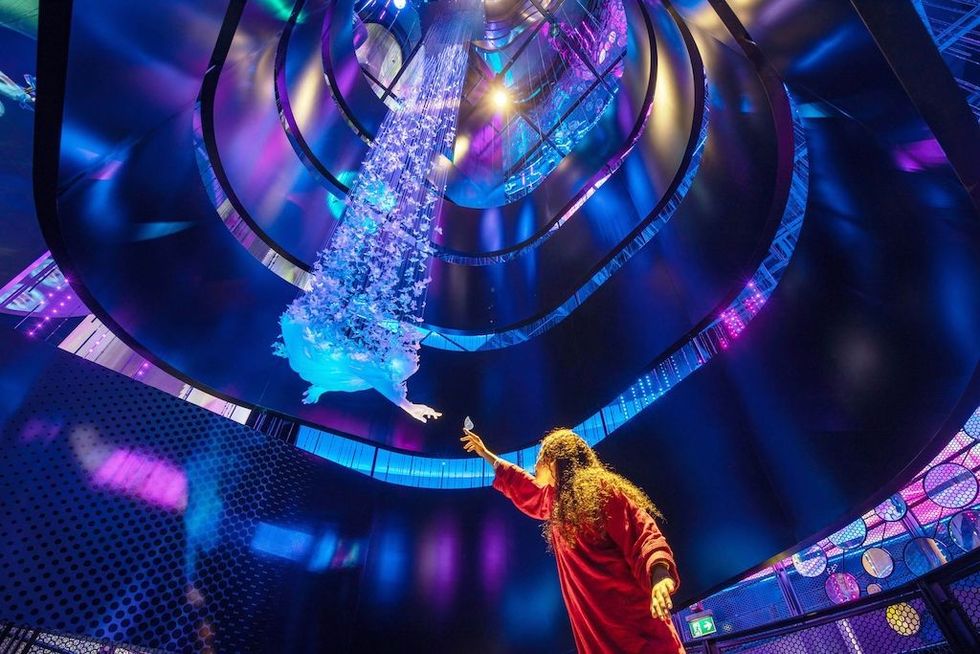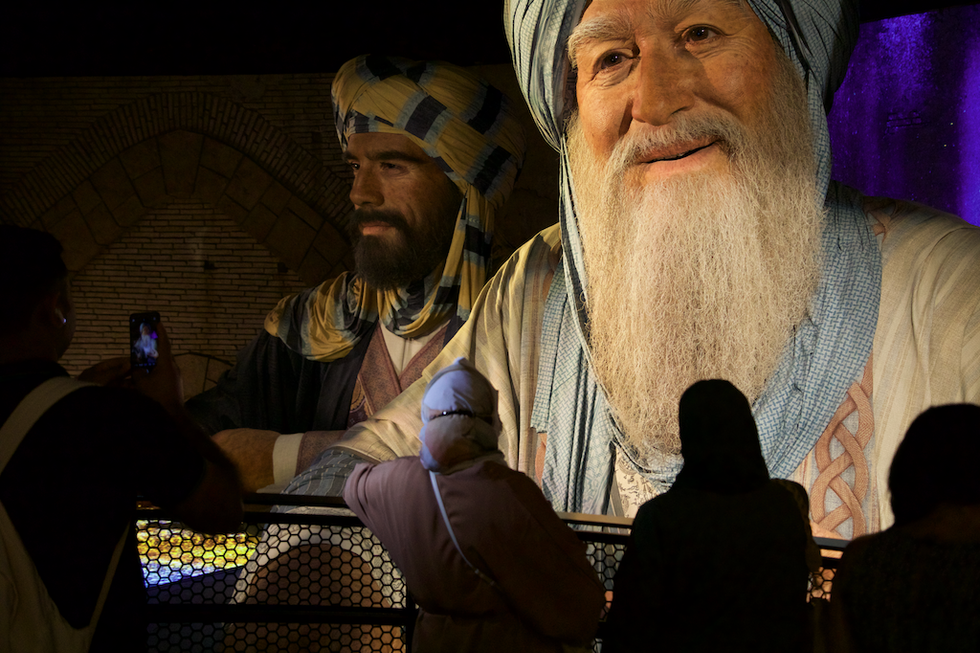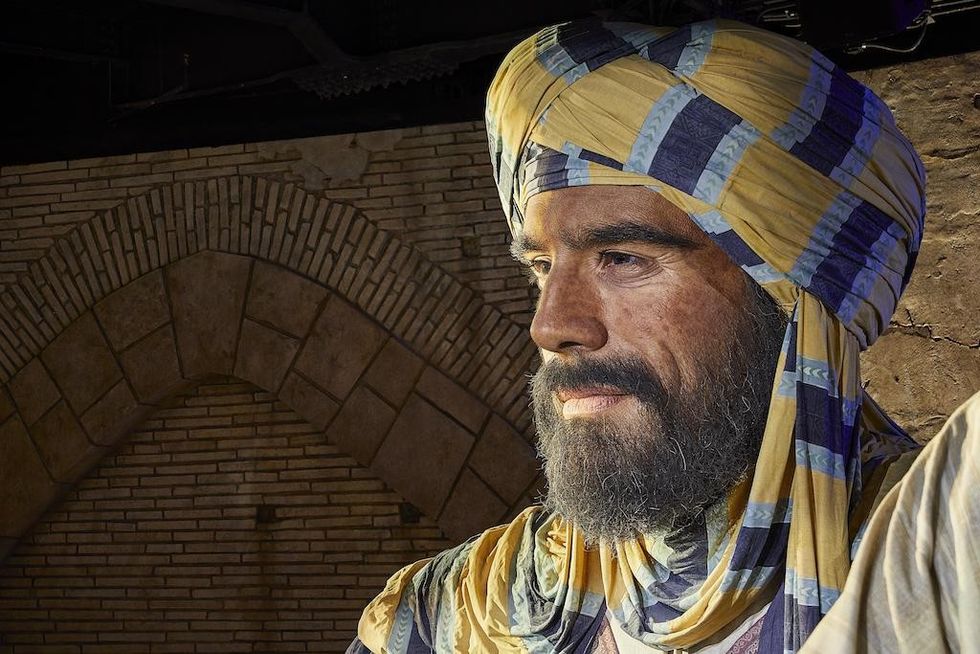Institutions worldwide are integrating emerging museum technologies to enhance visitor engagement, future-proof operations, diversify revenue streams, and attract new audiences.
What started with experimentation in touchscreens and mobile guides has expanded into an advanced ecosystem of AI-driven personalisation, immersive virtual reality, digital twins, and multisensory storytelling.
For museums functioning in a post-pandemic environment, with shifting visitor behaviours, heightened competition for leisure time, and increasing pressure to provide value, technology is becoming a strategic necessity.
From the VR experiences to AI-driven curation platforms, cultural institutions are rethinking the visitor journey from the ground up.
This article examines the most compelling examples of how museums are currently leveraging emerging technologies and what these innovations may indicate for the future of cultural experience design.
Why should a museum use emerging technologies as part of the guest experience?
Technology can be an excellent tool to boost engagement. For example, AR, VR, and interactive displays offer a more immersive, hands-on experience, allowing people to interact with exhibits in a new way and, therefore, make a deeper connection. Incorporating modern technology can also attract younger, more tech-savvy audiences.
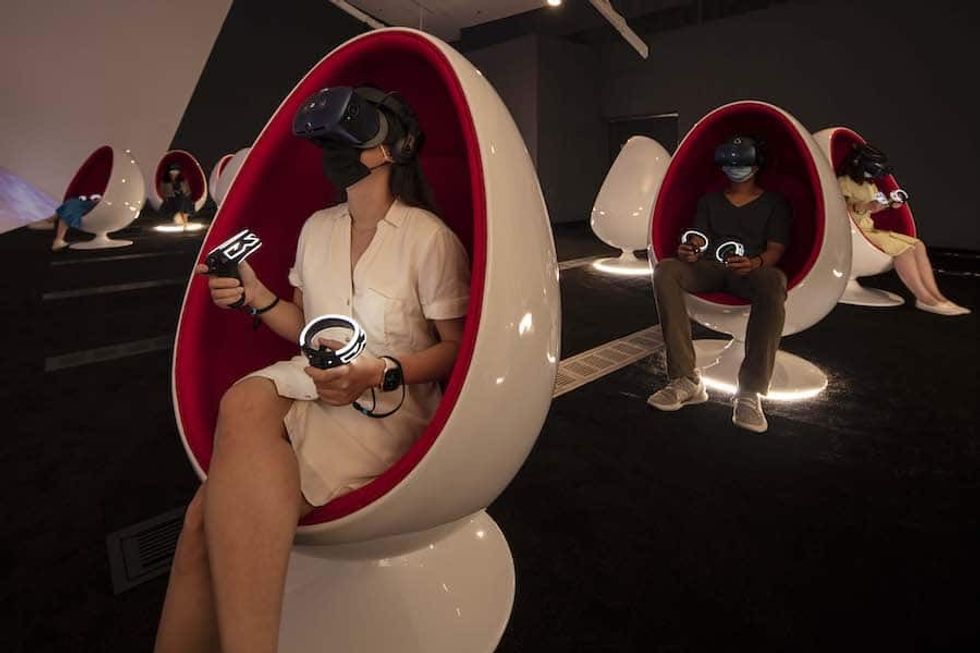
Digital tools can also help museums present sometimes complicated information in more accessible and easy-to-understand formats. Providing different layers and types of educational content also means they can better cater to various learning styles, helping to appeal to a more diverse audience.
Additionally, technology is helping to open doors in terms of accessibility. For instance, digital displays can offer content in multiple languages. Verbal descriptions can be triggered for visually impaired guests, and new apps make it easy for deaf visitors to access information independently.
Museums often collect data on visitor interactions and preferences to make better-informed decisions. AI and machine learning algorithms can now analyse this to help museums offer personalised recommendations and tailored tours. This customisation can make the experience more relevant and enjoyable for each guest.
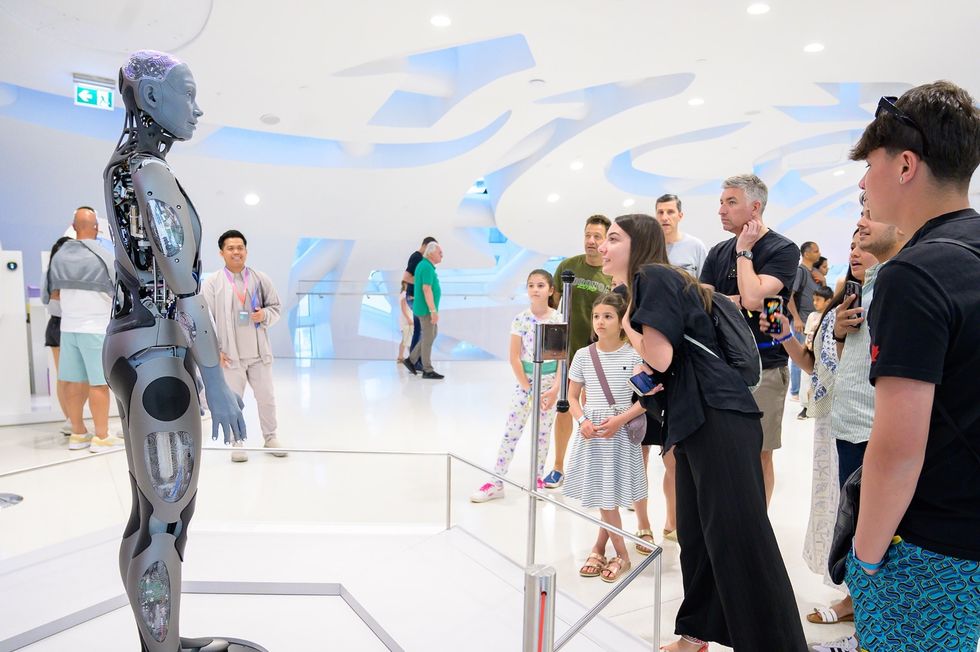
Finally, immersive technologies also enable museums to tell stories in innovative ways, creating richer narratives that bring history, art, and science to life.
From an operational perspective, many institutions face mounting pressure to diversify their revenue streams and reduce reliance on public funding. Emerging museum technologies offer new avenues for monetisation, remote engagement, and global reach.
In parallel, museums are increasingly investing in digital infrastructure not just for visitor-facing applications, but for collection management, conservation modelling, and predictive maintenance.
AR, VR and XR
When it comes to emerging museum technologies, augmented reality (AR), virtual reality (VR), and extended reality (XR) are changing how cultural institutions engage with their audiences.
While AR overlays digital content onto physical objects and spaces, VR transports visitors into entirely new environments. XR, the broader category encompassing both, enables hybrid experiences that blend real and virtual elements.
Museums are using these tools not just for entertainment, but to enrich context, spark empathy, and enable different experiences.
This technology can also widen access to museum collections.
Typically, only about 3% of a museum's collection is visible to visitors at any moment, while the remaining 97% is stored away in basements or off-site warehouses. Innovative projects like V&A East Storehouse are one way to tackle this issue. But technology can open the door for many more museums to democratise access to their collections.
A global survey revealed significant public interest in using VR and AX technologies to access museum collections. The University of Glasgow's £5.6m Museums in the Metaverse (MiM) project surveyed over 2,000 people worldwide, finding that 79% are interested in using digital tools to explore collections that are currently not accessible to the public.
Art Masters: A Virtual Reality Experience
ACCIONA Living & Culture, a leading creator of technology-driven interactive museums, exhibits, and events, in collaboration with the Prado National Museum, designed and produced a virtual reality experience titled Art Masters: A Virtual Reality Experience.
The exhibit, which premiered at the global NEXT IN Summit in Madrid in 2025, allows visitors to engage with iconic pieces from the Prado Museum’s collection through VR glasses.
Carla Prat, design and experiences director at ACCIONA Living and Culture, explains the thinking behind Art Masters: “What if we could take articles out of the museum space and transform them into an immersive adventure, export the timeless essence of the museum?”
Charles Read, creative director at blooloop, says:
"Art Masters was nothing short of extraordinary. Practically, the headwear was comfortable. The experience flowed, and the five works of art chosen from the Prado worked really well in an immersive world.
"The Garden of Earthly Delights was a dreamlike, magical experience, and Goya’s Aquelarre, a powerful and unsettling vision, became, if anything, even more so as demons and witches danced under the moonlight; a vivid insight into the artist’s then mental and physical distress."
Mixed reality inspires behaviour change
The Natural History Museum in London's Visions of Nature is an immersive mixed-reality exhibit that transports visitors to 2125 to showcase the effects of human activity on the planet.
It employs Microsoft HoloLens 2 headsets to deliver interactive holograms of creatures like cuttlefish, Darwin’s frogs, and coconut crabs, as well as natural landmarks such as the Scottish Highlands and Africa’s Great Green Wall.
Alex Burch, director of public programmes at the Natural History Museum, says: “Visions of Nature is an incredibly exciting, immersive experience. Whilst visually beautiful, it also delivers a powerful message that the actions we take now can have a positive impact on the future.
“It presses fast-forward so visitors can see how nature has responded, for better and for worse, to the aftermath of centuries of human industrial activity as well as to the interventions we have introduced to remedy our unsustainable activity.”
Holograms
Holograms and holographic displays take AR one step further.
A hologram is a captivating illusion that immerses guests into a story. It's a practical way to attract attention, especially in busy environments. The holographic display market is also rapidly growing, projected to reach over US$11.65 billion by 2030.
While the LBE industry’s holographic trailblazer is still ABBA Voyage, which utilises cutting-edge technology to recreate the Swedish pop stars, we're also seeing more sophisticated holograms entering the museum space.
Survivor Stories Experience
The Abe & Ida Cooper Survivor Stories Experience at the Illinois Holocaust Museum features interactive holograms of Holocaust survivors, allowing visitors to ask questions and get pre-recorded, AI-assisted answers.
High-definition holographic interview recordings combined with voice recognition technology allow survivors to share their personal stories and answer audience questions, creating a personalised, one-on-one ‘conversation’ experience for visitors.
This is an example of how emerging museum technologies can be used to bring powerful stories to life.
Avatar docents?
Exploring the topic in a blooloop article, Maris Ensing from Mad Systems envisions avatars that are ready and waiting to answer visitors' questions as they tour a space museum, taking the form of, for example, an astronaut, a test pilot, or a rocket scientist.
"These avatar docents are vividly present – breathing, blinking, and shifting weight like real people," says Ensing. "You simply choose whom you’d like to explore the museum with, tell them your age, and what you need in terms of language, interests, and depth of information. Your private, cinematic tour then snaps into gear, based on our patented technology."
This enables a truly personalised narrative, he adds: "No flag-waving docent, no twenty-person herd, just a one-to-one deep dive at whatever pace feels right."
Immersive sound
Most of us have used an audio guide during a museum visit at some point. However, museums are increasingly adopting immersive sound technology to enrich storytelling, evoke stronger emotions, and create more memorable exhibitions.
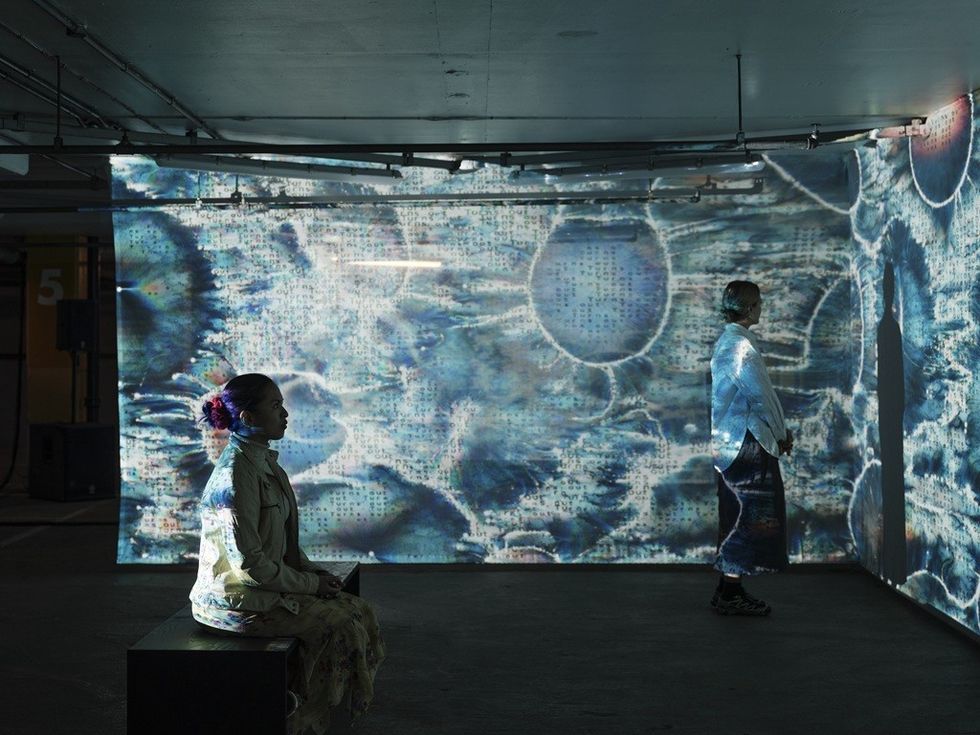
Unlike traditional audio guides, these soundscapes aim to be spatial, interactive, and personal, making visitors part of the story instead of just telling it.
Binaural and spatial audio
Binaural sound is a recording and playback method that employs two microphones positioned where human ears are, often on a dummy head, to capture audio as it naturally occurs. When listened to with headphones, it produces a 3D spatial audio effect, allowing you to perceive sounds coming from above, behind, or beside you.
This technique convinces the brain that the sound originates from the surrounding environment rather than just within the headphones. It has excellent potential for museums because it makes audio storytelling much more personal and location-specific.
The Museum of London’s Beasts of London used binaural sound to let visitors “hear” the city’s history from the perspective of animals, narrated by actors, with voices circling around their heads.
Sensors, beacons, or wearables can also be used to activate audio content based on a visitor's location or movement. The V&A’s David Bowie Is exhibit provided each visitor with a headset that automatically played appropriate Bowie tracks, interviews, or sound effects when they approached various artefacts.
For its recent show, DIVA, V&A partnered with tonwelt, using its solutions to enable a 100% hands-free visitor experience, with automatically triggered content and lip-sync video synchronisation.
And sound is getting even more hi-tech: Losonnante is a pioneering company, transforming the way visitors connect with sound in public and cultural spaces. Through the use of bone-conductive technology, visitors’ hands are transformed into headphones, enabling intimate, immersive, and accessible listening experiences simply by leaning their elbows on a sound-emitting surface.
Creating emotion
Visuals show what happened, but sound brings the experience to life. Our brains respond naturally to audio cues, and so museum soundscapes do more than accompany exhibits; they deepen the emotional atmosphere.
In the WWII galleries at the Imperial War Museum in London, hidden speakers create layered audio environments.
Distant air raid sirens sound, building tension. Muffled voices and radio broadcasts evoke life in a blackout, with city noise and the rumble of bombers completing the 1940s London soundscape. The sound is subtle, merging seamlessly into the surroundings, allowing visitors to feel it rather than just hear it.
One recent exhibition, the multi-sensory Feel the Sound from Barbian Immersive and MoN Takanawa: The Museum of Narratives, delves into our relationships with sound and explores a listening experience that extends beyond the audio.
Artificial Intelligence
Regarding emerging museum technologies, AI perhaps has the most potential to transform what museums do, both in terms of guest engagement and behind-the-scenes operations.
When it comes to the guest experience, we're seeing AI-powered guides that offer a more personalised experience, AI tools that enable people to explore artwork more deeply, and even AI-driven storytelling and content.
Imagine an exhibit that recognizes a returning visitor or detects a family with children and then adjusts the information it presents accordingly.
Mad Systems has developed a patented AI-powered technology that pulls from a curated knowledge base to present exhibit content in a visitor’s preferred context.
"Imagine an exhibit that recognizes a returning visitor or detects a family with children and then adjusts the information it presents accordingly," says Ensing.
"Using tools like RFID tags, mobile apps, or even (private and secure) facial recognition, next-gen systems can identify visitors and deliver media suited to their interests in the language and style of their choice."
Engage with the content through AI
Last year, the University of Cambridge’s Museum of Zoology introduced a new experience that allows guests to engage in two-way conversations with specimens on display through AI, including a dodo skeleton, a taxidermied red panda, a preserved cockroach, a narwhal skeleton, a freeze-dried platypus, brain coral, and a taxidermied huia – an extinct bird from New Zealand.
“This is an amazing opportunity for people to test out an emerging technology in our inspiring museum setting, and we also hope to learn something about how our visitors see the animals on display,” says Jack Ashby, assistant director of the Museum of Zoology.
“Our whole purpose is to get people engaged with the natural world. So we’re curious to see whether this will work, and whether chatting to the animals will change people’s attitudes towards them – will the cockroach be better liked, for example, as a result of having its voice heard?”
Meanwhile, the Rijksmuseum in Amsterdam offers an AI-powered tool called ‘Art Explorer’. This allows users to collect and compare artworks in the museum’s collection.
The aim is to make the museum’s 800,000-piece collection more searchable and offer an interactive digital experience. Art Explorer asks questions such as “What do you love?”. If you love eating delicious meals, the tool will search the museum’s collection and show relevant artworks.
In the US, the National Archives Museum in Washington, DC, is set to open later this year with a new gallery featuring AI-powered exhibits.
Earlier this year, Dubai’s Museum of the Future unveiled the latest version of Ameca, an AI-enabled humanoid robot featuring lifelike facial expressions and interactive capabilities. It serves as an intelligent assistant at the institution.
AI, accessibility, and sustainability
Regarding accessibility, AI tools offer multilingual audio guides, real-time captions, and sign-language avatars. For instance, the Canadian Museum for Human Rights utilises AI-based translation to create more inclusive experiences for visitors.
In Brazil, the Museum of Tomorrow in Rio de Janeiro has integrated IRIS+, an AI-powered conversational assistant, to enhance the accessibility, engagement, and social impact of its exhibits.
IRIS+ provides both voice and text interactions, supported by physically accessible kiosks designed for wheelchair users and children, ensuring the museum is welcoming to all visitors. Guests engage with IRIS+ through reflective dialogues centred on themes such as sustainability, coexistence, and personal responsibility, fostering a personalised experience.
The system links visitors’ reflections to real-world initiatives aligned with the United Nations Sustainable Development Goals, encouraging actionable outcomes. Since its implementation, IRIS+ has been utilised over half a million times, with many visitors reporting subsequent social or environmental actions.
AI content?
Using AI to design the content itself might be a little more controversial. Yet this year sees the opening of the world's first AI art museum, Refik Anadol's Dataland in Los Angeles.
Anadol, a media artist and director, creates large-scale art installations using collections of publicly available data and machine learning algorithms. Speaking to blooloop, he said:
“Every single institution from the last century or the last couple of centuries, their agenda was grounded in the things happening around them. But at the moment, we are in this new era of AI computation, quantum computing and biology. Humanity is rapidly changing."
“The museum is a reflection of our time, but also aims to use AI for good and to solve problems like accessibility, ethical data collection and use, and sustainability by computing with renewable energy. We are trying our very best to be a good example while innovating and creating breakthroughs.”
AI in operations
The technology also assists with collections management by enabling AI to scan artworks and automatically produce metadata, including style, subject, and colour palette. For example, the Smithsonian Institution has leveraged AI to analyse millions of digitised artefacts, which enhances their searchability and cross-referencing.
AI can process large archives of curator notes, letters, or historical texts to uncover valuable insights.
Furthermore, it has uses in restoration and reconstruction. AI models can “fill in” missing sections of damaged artworks or replicate original colours. The Mauritshuis in The Hague employed AI to assist in reconstructing the missing sides of Vermeer’s Girl with a Pearl Earring during a research project.
When it comes to operations and guest flow, AI assists in predicting visitor numbers, staff requirements, or even conservation risks (such as humidity levels in galleries). AI-driven cameras or sensors can track how visitors move through exhibits, helping to inform layout improvements.
Next-gen apps & tours
Early audio guides provided a straightforward, uniform narrative. Visitors were guided along a predetermined path or sequence, leaving limited space for exploration or customisation.
Today, museums can provide dynamic and adaptive storytelling that adjusts based on visitor interests, time spent, or engagement behaviour.
Audio guides are also being developed to incorporate shared listening, interactive storytelling, and enhanced visitor engagement. Museums are experimenting with multi-user experiences, allowing groups to engage with the same narrative simultaneously, encouraging discussion and reflection.
Smarter audio tours
Guide-ID has developed Podcatcher Pro, a user-friendly, multilingual, hands-free audio tour guide. Building on the successful Podcatcher, this upgraded version adds ultra-wideband radio for automatic triggering and group tour functionality, allowing the leader to transmit stories to the entire group simultaneously.
The Podcatcher Pro platform also features new AI tools designed to assist museums or attractions in creating stories.
“Based on a basic description of an object, it can write the audio stories for the museum, translated into any language they want and make a voiceover out of it instantly within the platform, for free,” says founder and CEO Frits Polman.
“Until now, creating content has been quite a time-consuming process, and it’s also very expensive. But with artificial intelligence, they can just create it by themselves.”
It includes smart insights, enabling the museum to track tour performance; for example, users can view real-time data on the most popular audio stops or visitor heatmaps. Current users include Casa Batlló in Barcelona.
Videos in museums are common, but their effectiveness drops without audio. Conventional options, such as headsets, face hygiene issues, and require costly upkeep. Nubart Sync offers a breakthrough by transmitting flawlessly synchronised audio straight to a user’s smartphone, eliminating the need for extra hardware or apps and ensuring zero latency.
Visitors can easily access audio in their chosen language by scanning a QR code using Wi-Fi or mobile data, thereby enhancing the immersion in exhibitions, digital signage, and cultural experiences.
Organisations like Museum Sydøstdanmark in Denmark are already implementing this cutting-edge solution.
3D scanning & digital twins
3D scanning and printing are increasingly shaping how museums preserve, study, and share their collections.
Preservation and conservation
High-resolution 3D scans can capture an artefact's shape, texture, and colour, providing a digital backup that preserves details even if the original is damaged.
For students and researchers, these virtual models offer a valuable chance to examine fragile or rare objects without the need for direct contact. They enhance accessibility for visitors who cannot physically access collections, whether due to distance, disability, or restrictions, by allowing them to explore artefacts online through interactive 3D views.
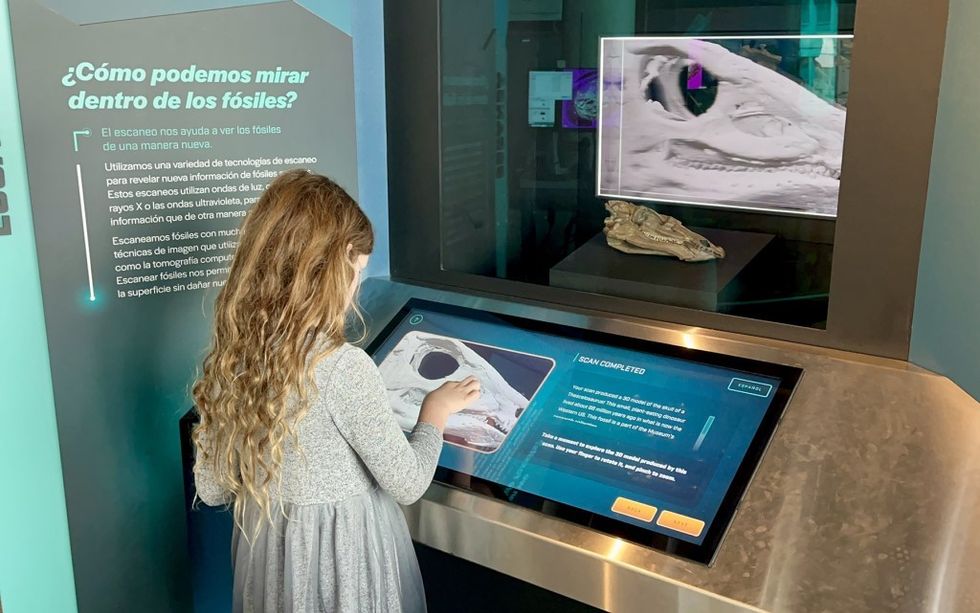
Many institutions, including the British Museum and the Smithsonian, have digitised thousands of artefacts for online access, often using laser scanning and photogrammetry
3D printing technology provides many advantages, too. It enables the creation of replicas that visitors can touch and interact with, reducing the risk of damaging original artefacts. Damaged or incomplete objects can be digitally restored and then physically recreated, aiding in their preservation.
Plus, museums can share printed versions of their artefacts with other institutions around the world, broadening access to cultural heritage. This technology also promotes inclusive interaction, allowing visually impaired visitors to interact with and explore objects through touch.
Museums in the metaverse
A digital twin is a precise virtual replica of a physical asset that can be updated in real-time.
Each artefact can have a digital twin that contains details like its physical shape, metadata, provenance, and conservation record. When used for buildings or exhibitions, particularly in museums, digital twins can depict entire galleries or sites.
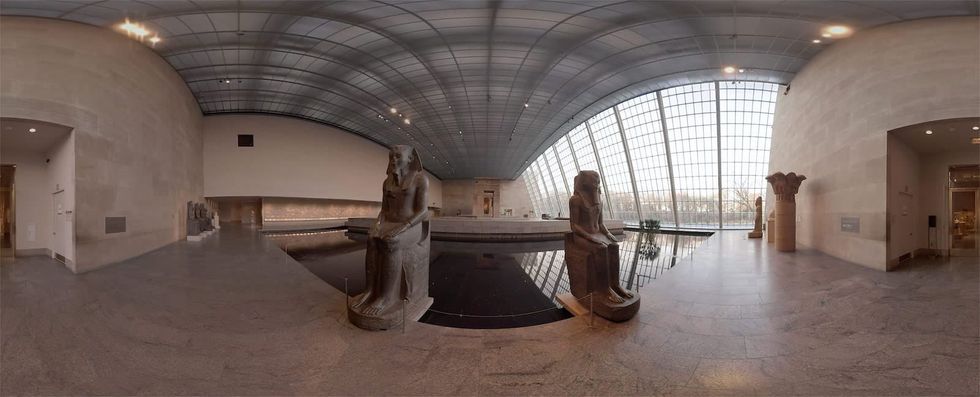
Thanks to these virtual models, museums can track environmental factors like humidity and light for preservation, simulate visitor traffic to improve experiences, and provide engaging virtual exhibitions for online audiences.
Heritage sites such as Pompeii and Notre-Dame use digital twins to simulate restoration efforts and track structural health. Meanwhile, others are adopting VR and AR tours driven by digital replicas of their galleries.
Gamification
Gamification in museums is a growing trend that blends play, storytelling, and interactivity to boost cultural education. Its goal is to increase visitor engagement, help them create memorable experiences, and draw in a wide range of visitors, especially younger ones.
Gamification here doesn’t mean turning museums into video arcades. Instead, it involves incorporating game elements, such as points, challenges, levels, rewards, storytelling, and role-playing, into the museum experience.
These methods engage our curiosity, drive for achievement, and enjoyment of play.
Treasure hunts and more
One popular method involves organising treasure hunts and quests, where visitors solve clues, track trails, or gather digital artefacts while exploring the galleries. For instance, the Louvre employs app-based scavenger hunts to lead visitors to key artworks.
Role-playing and storytelling enhance engagement by inviting visitors to assume roles such as archaeologists, detectives, or explorers, thereby accessing exhibit-related content. Some history museums also feature murder–mystery–style stories linked to specific objects.
Digital badges, points, and leaderboards motivate visitors by rewarding actions like completing challenges, scanning QR codes, or answering quiz questions, encouraging more museum exploration.
Another innovative approach to gamification involves digital twins, allowing the creation of multiplayer online quests or immersive experiences that mimic being inside a video game.
For instance, many museums have embraced Minecraft's popularity, from the Museum of London’s virtual reconstruction of the city before the Great Fire of 1666 to Tate Worlds, which invites visitors to explore some of the museum’s most notable artworks through Minecraft.
What are some of the challenges with emerging museum technologies?
While emerging museum technologies present significant opportunities, they also pose challenges that museum leaders must handle with care.
Ethical concerns
The growing use of AI and data-driven tools in museums raises questions about bias, inclusivity, and representation. Algorithms used for personalisation or automated interpretation risk reinforcing cultural stereotypes if not carefully designed.
Similarly, as museums expand into digital environments, they must consider the digital divide: not every visitor has access to smartphones, high-end headsets, or stable internet connections.
Accessibility continues to be essential. AR and VR exhibitions should include options for visitors with visual, auditory, or mobility challenges to prevent unintentional exclusion of anyone.
Tech fatigue
Visitor interest in immersive technologies remains high, but expectations are changing. As headsets, projections, and AR apps become more widespread in cultural sites, the potential for diminishing returns increases.
When used excessively, technology may seem gimmicky or overwhelming, causing 'tech fatigue'. Museums must therefore use digital tools carefully, enhancing the visitor experience without overwhelming it.
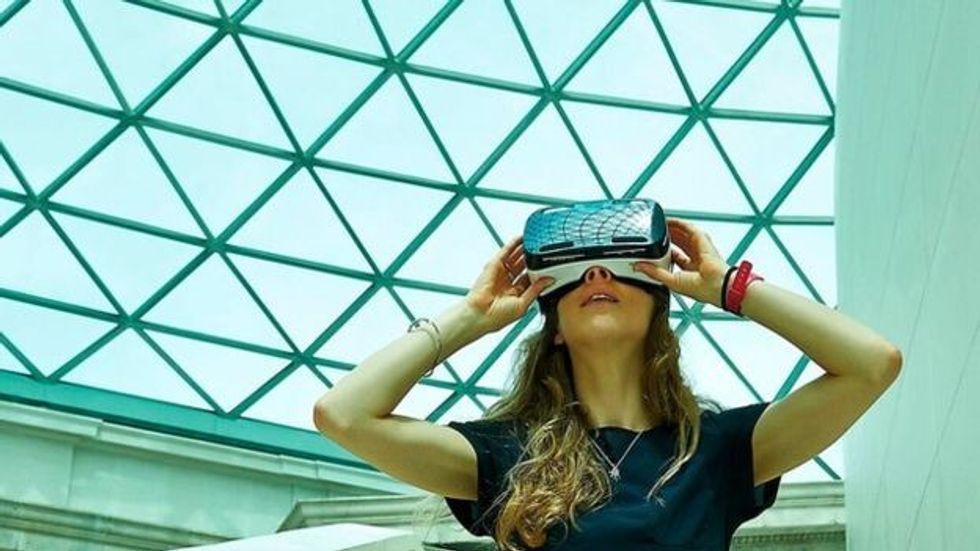
Successful projects often present technology as a discreet enabler of storytelling rather than the central focus.
Innovation vs. integrity
A crucial aspect is how technology aligns with a museum’s mission and goals. While immersive media can dramatise historical events, bring artworks to life, or reconstruct vanished worlds, it requires thoughtful curatorial guidance to avoid oversimplification or sensationalism.
Striking the right balance means ensuring that AR, VR, and XR experiences remain grounded in accurate research, while still appealing to diverse audiences. For professionals, this entails collaboration across disciplines, including curators, educators, technologists, and designers, to ensure that innovation aligns with the institution's core values.
Future museum technologies
The next phase of digital innovation in museums is shifting from experimentation to sustained integration.
Investments are increasing in AI-driven personalisation, allowing museums to suggest exhibits, customise audio tours, and develop adaptive storytelling based on visitors' preferences. Digital twins and 3D scanning are becoming essential for preservation and accessibility, enabling museums to share delicate collections globally and support conservation with detailed virtual replicas.
Additionally, new haptic and multisensory technologies provide innovative ways for visitors to experience textures, weights, and atmospheres in digital recreations.
Museums must treat technology as a core part of strategy. By aligning innovation with mission, accessibility, and sustainability, they can ensure digital transformation supports their curatorial integrity.
Industry leaders should see AR, VR, XR, and AI not as competing innovations but as complementary tools. These technologies can open new storytelling avenues, diversify revenue streams, and make culture more accessible globally.
Successful museums will be those that innovate intentionally, creating experiences that connect with both current audiences and future generations.
Charlotte Coates is blooloop's editor. She is from Brighton, UK and previously worked as a librarian. She has a strong interest in arts, culture and information and graduated from the University of Sussex with a degree in English Literature. Charlotte can usually be found either with her head in a book or planning her next travel adventure.


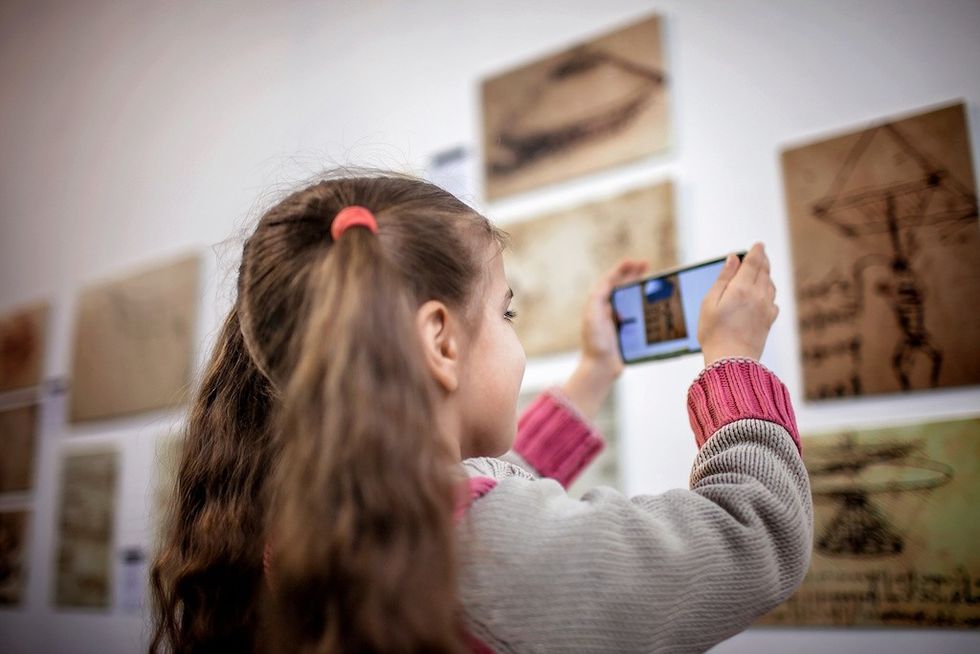
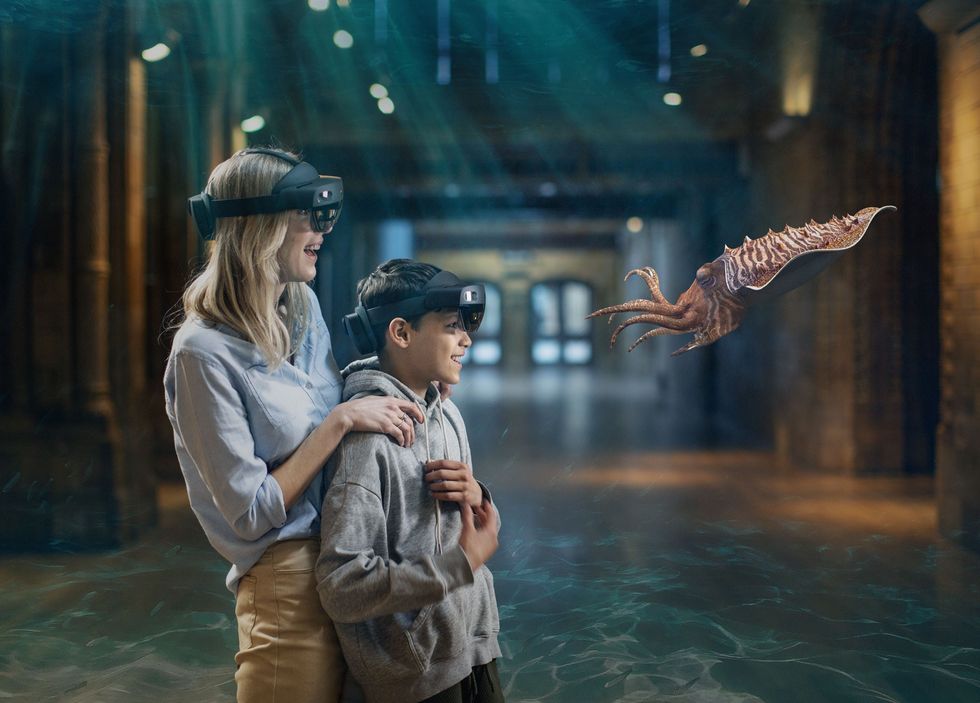
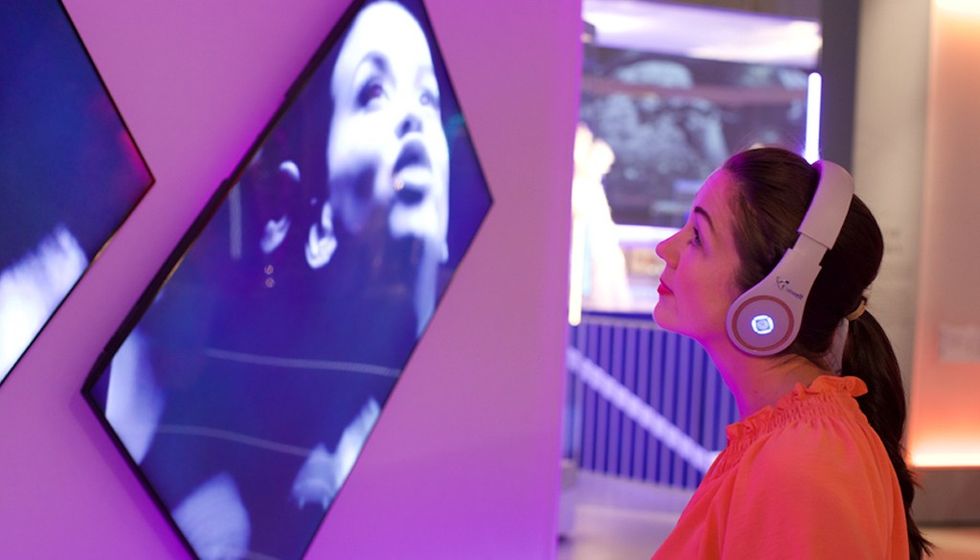
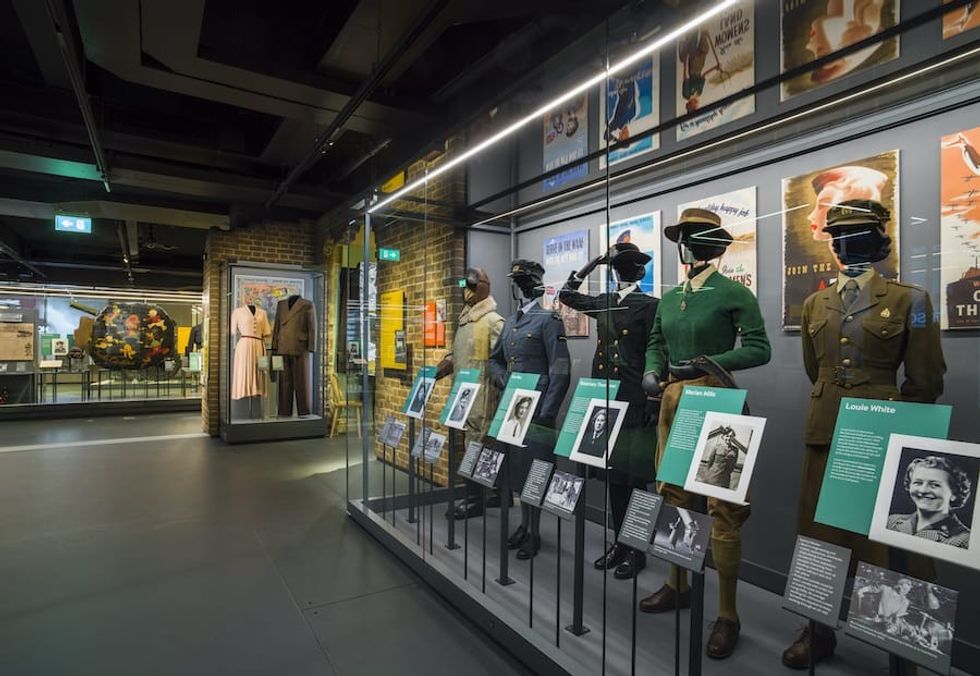
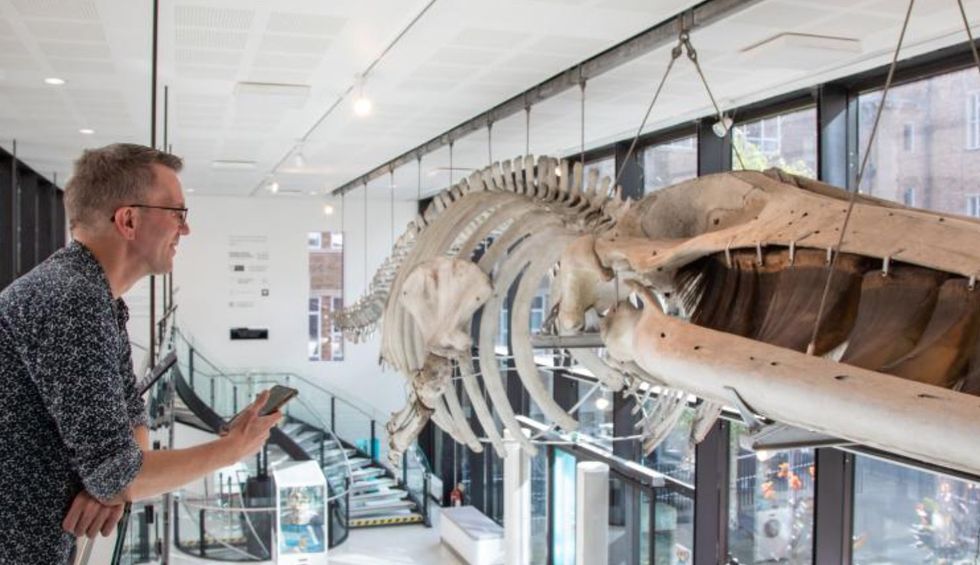
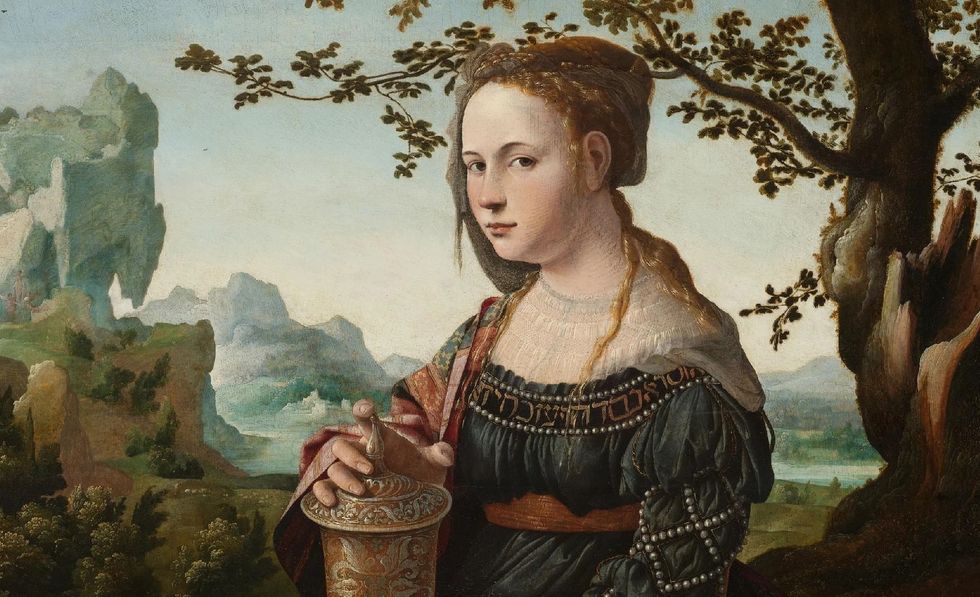
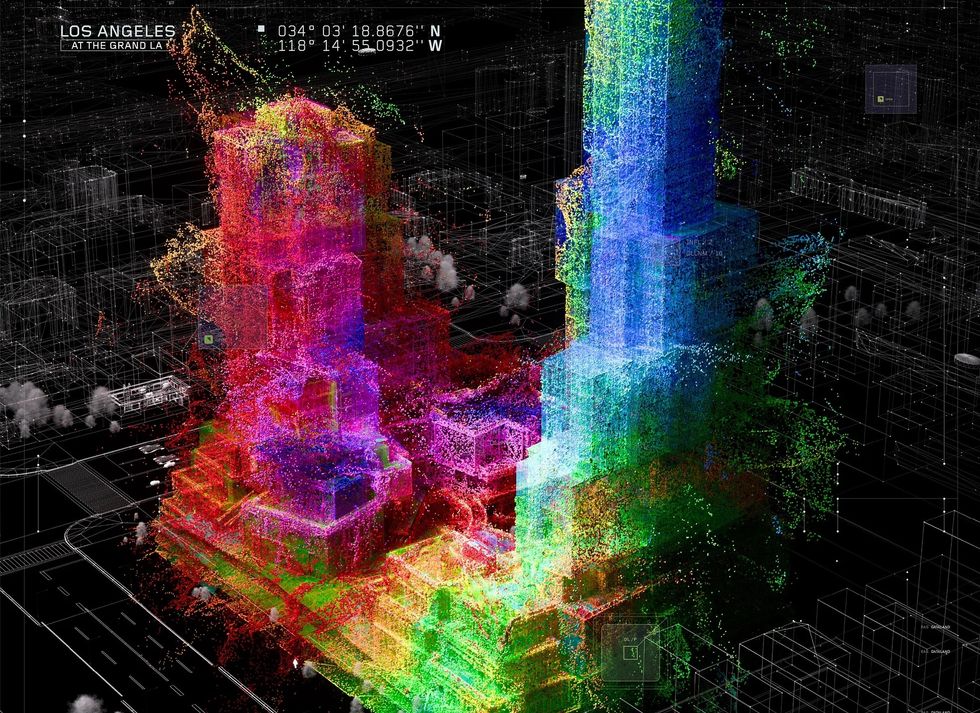
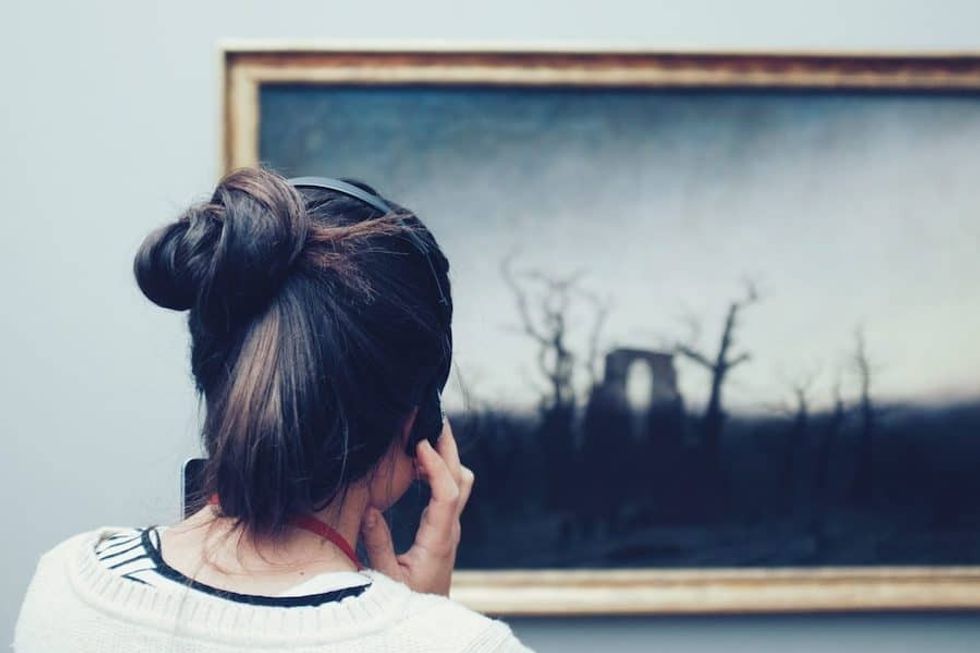
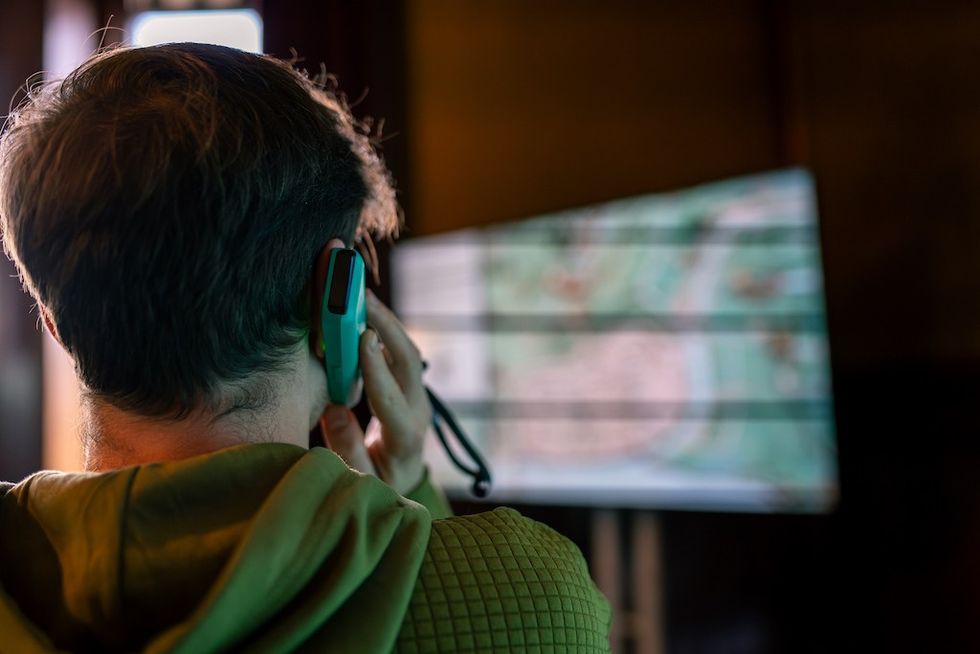
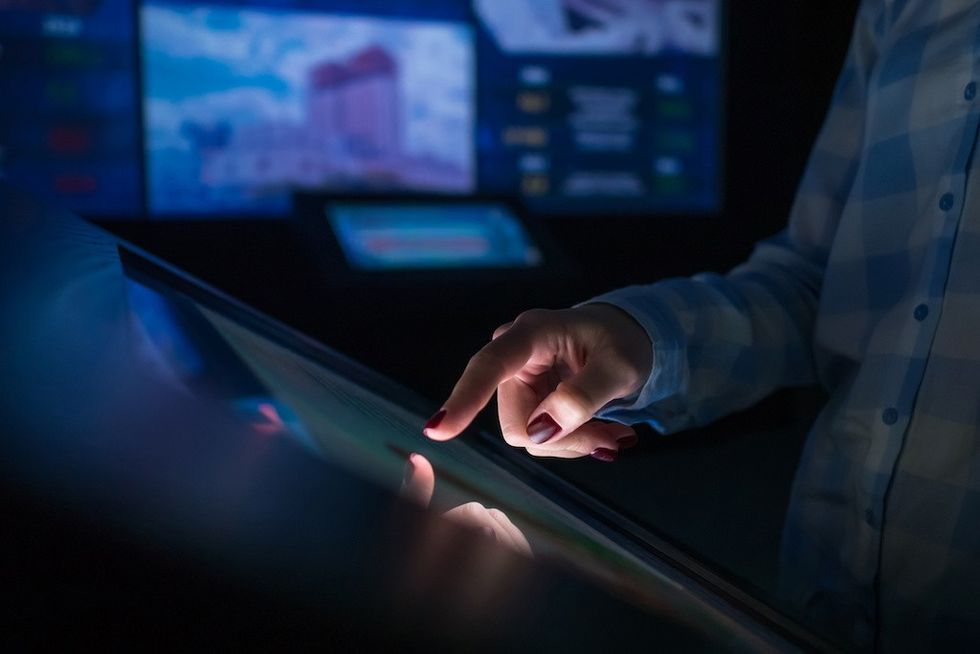
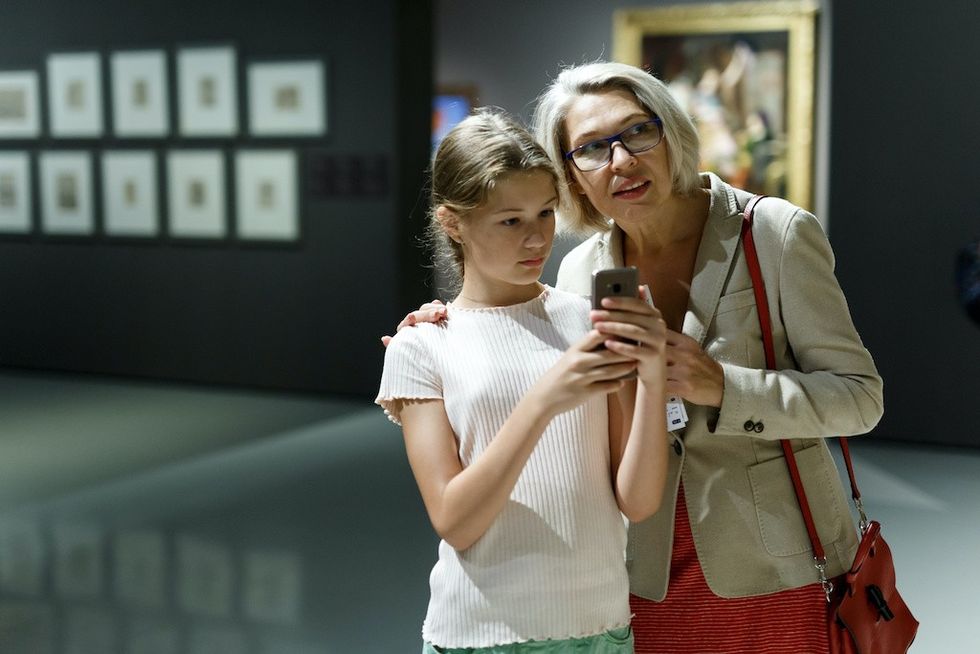









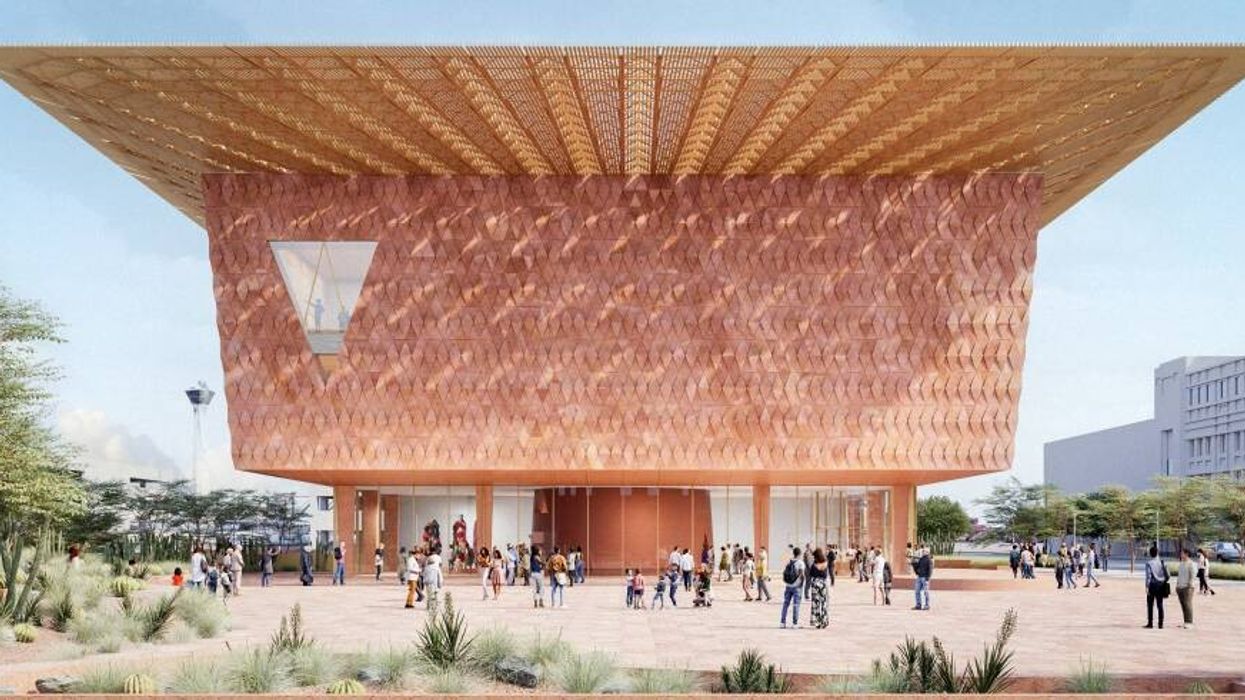
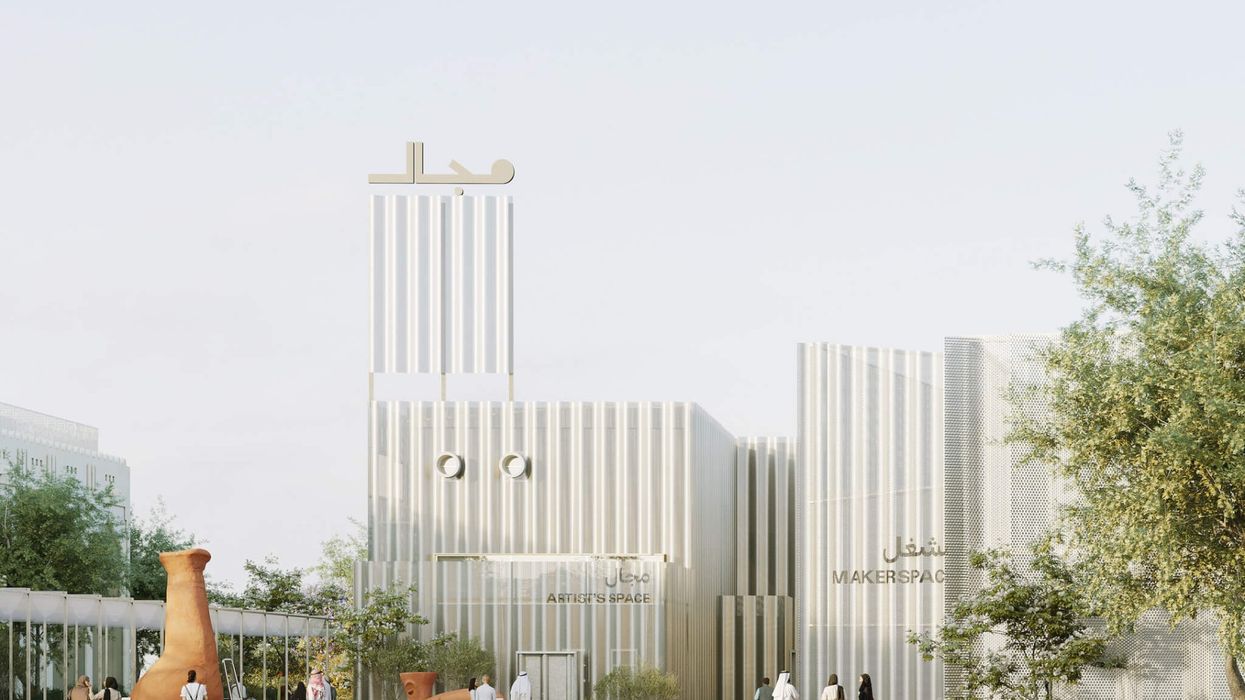
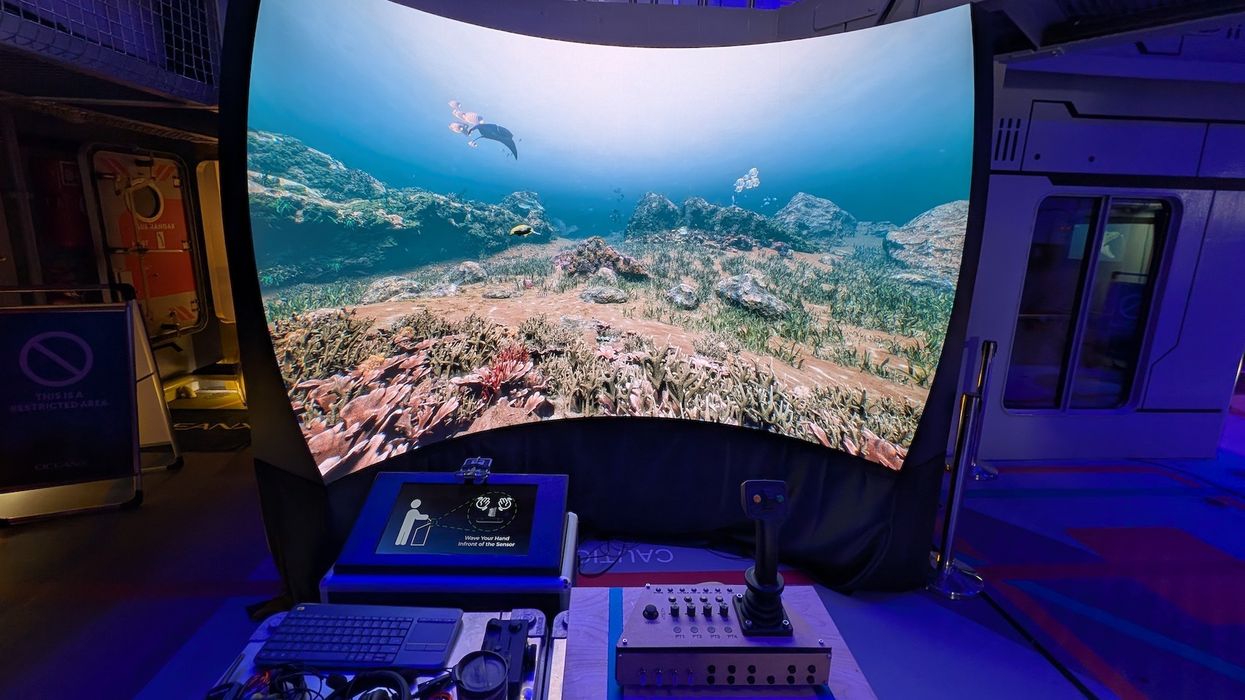
 TM Lim and Adam Wales
TM Lim and Adam Wales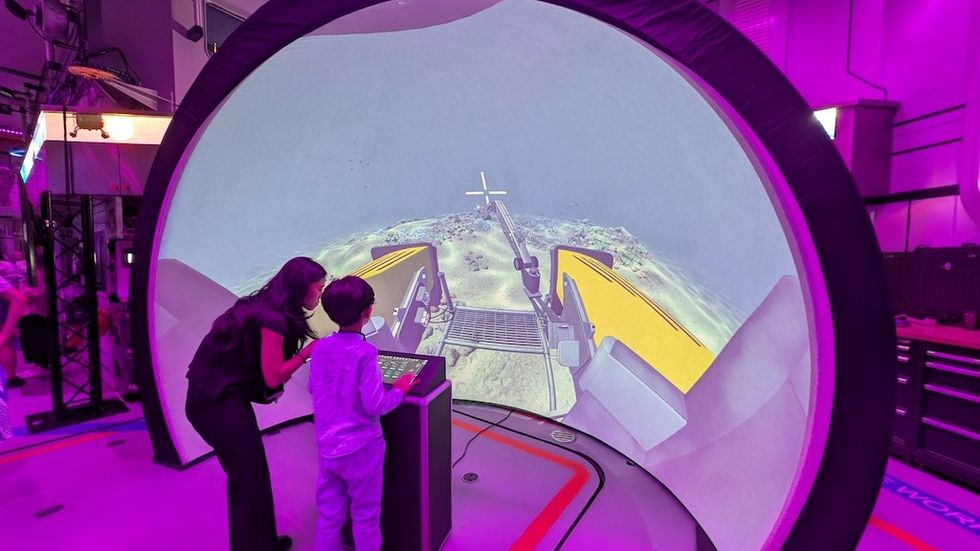
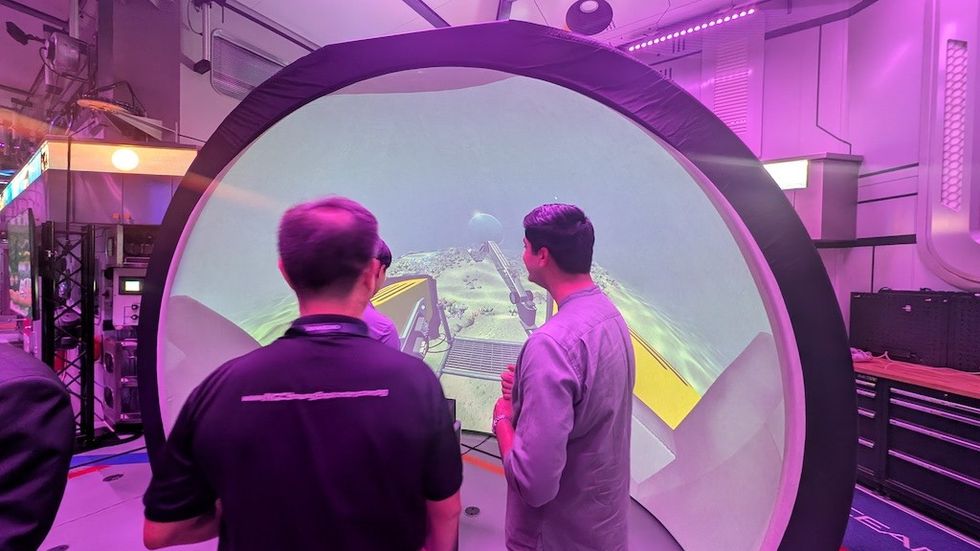
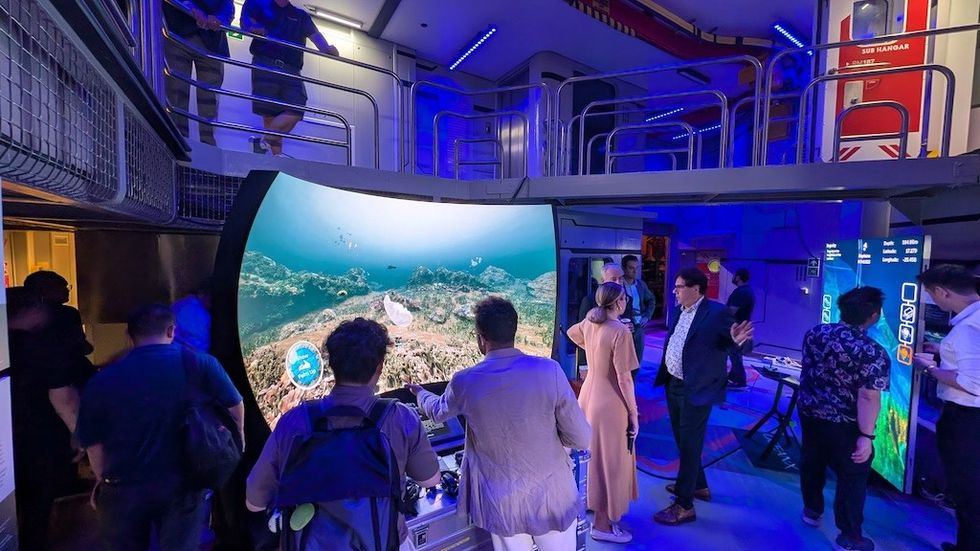


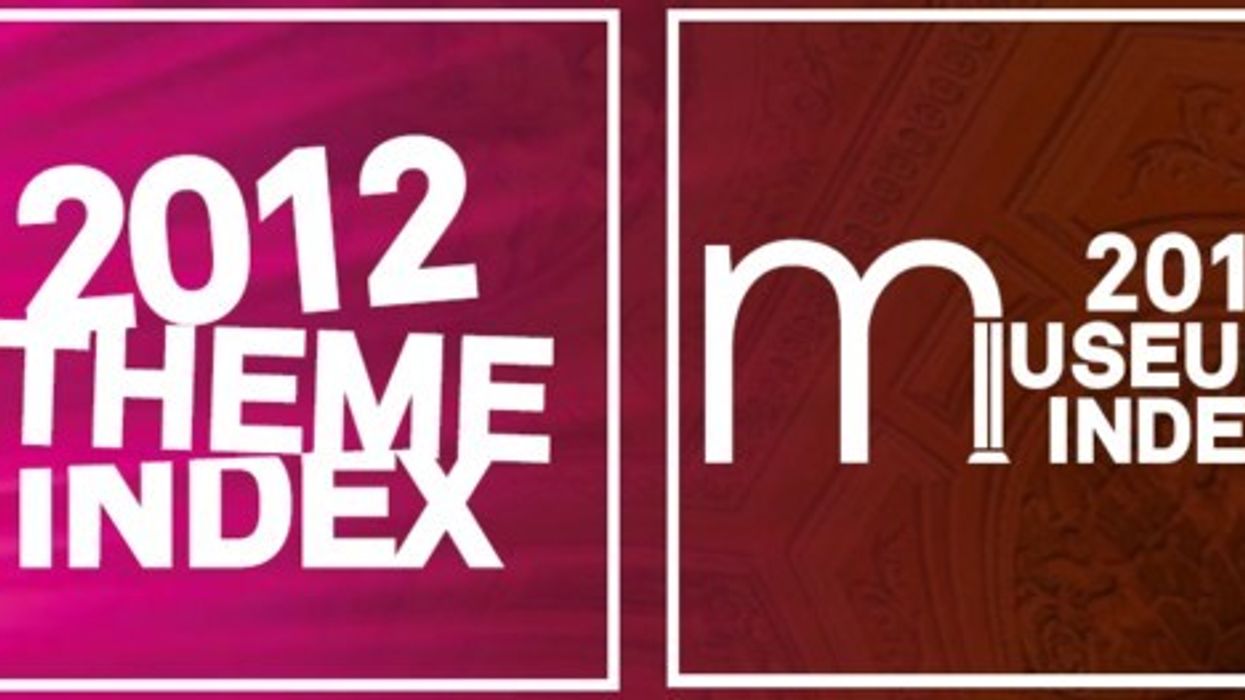
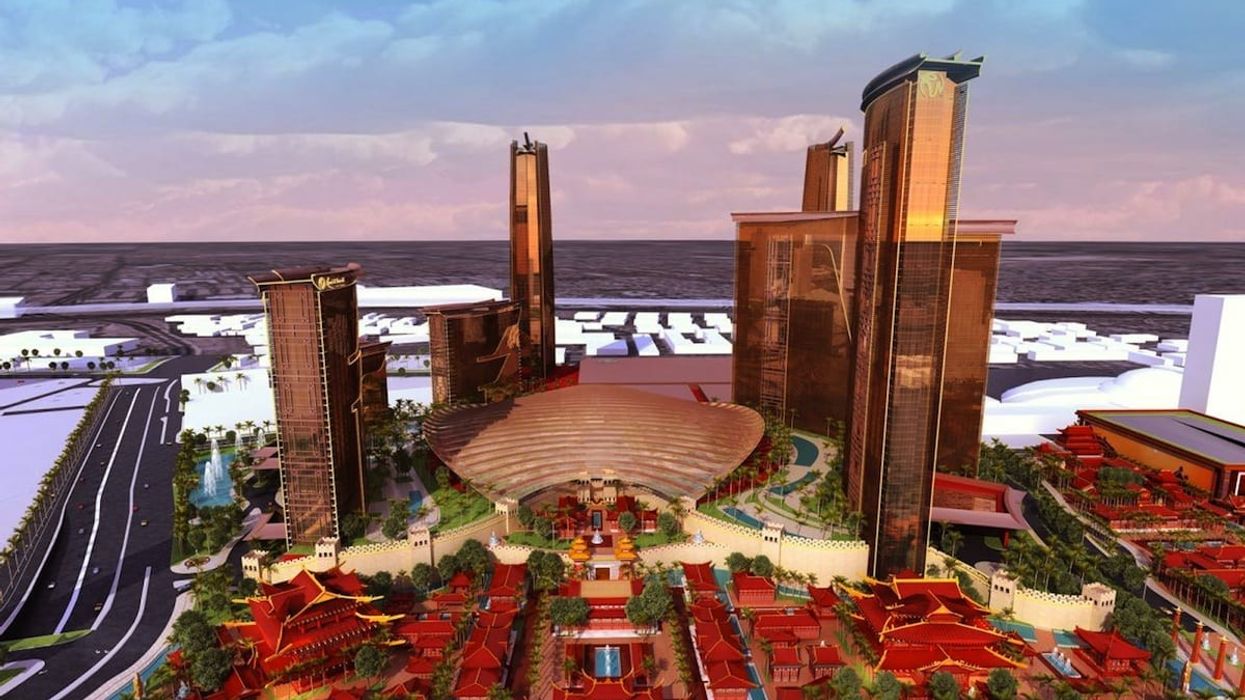
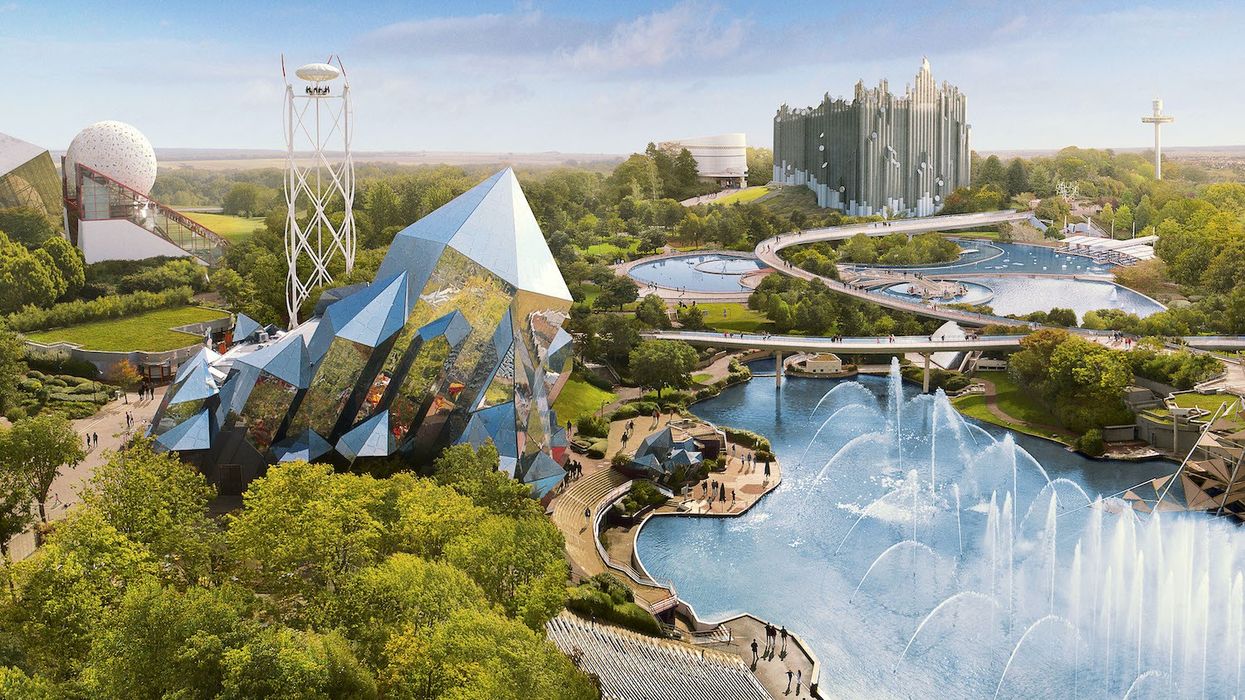
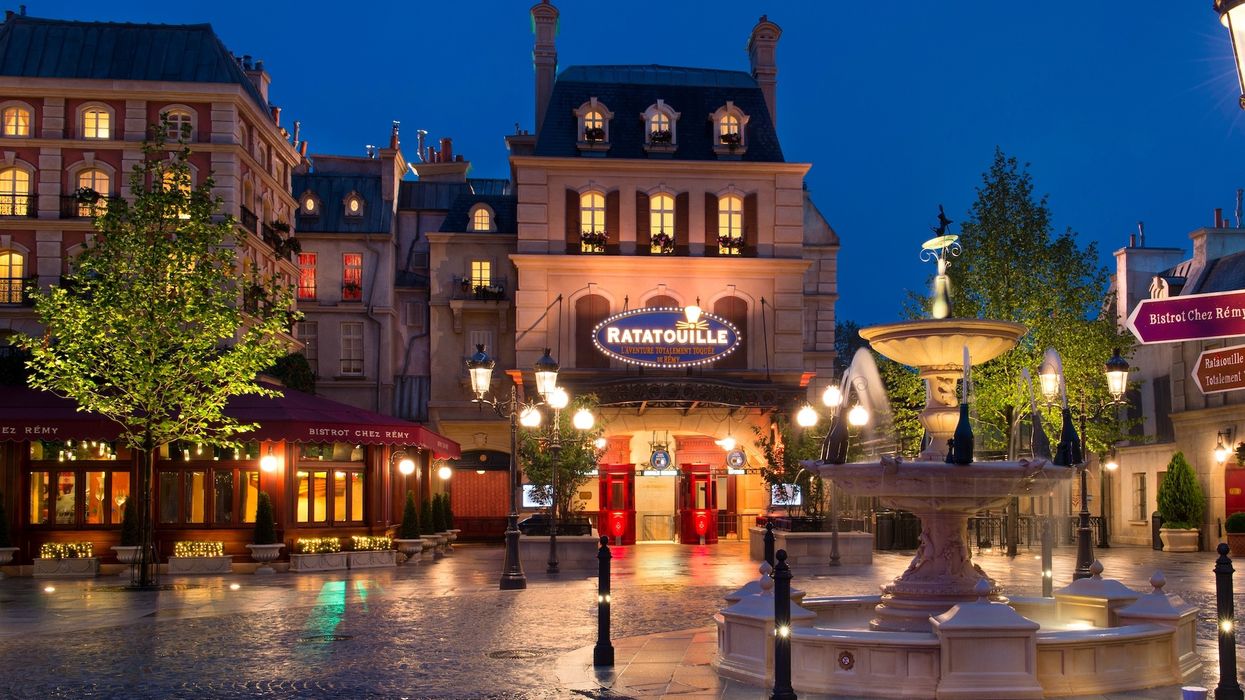
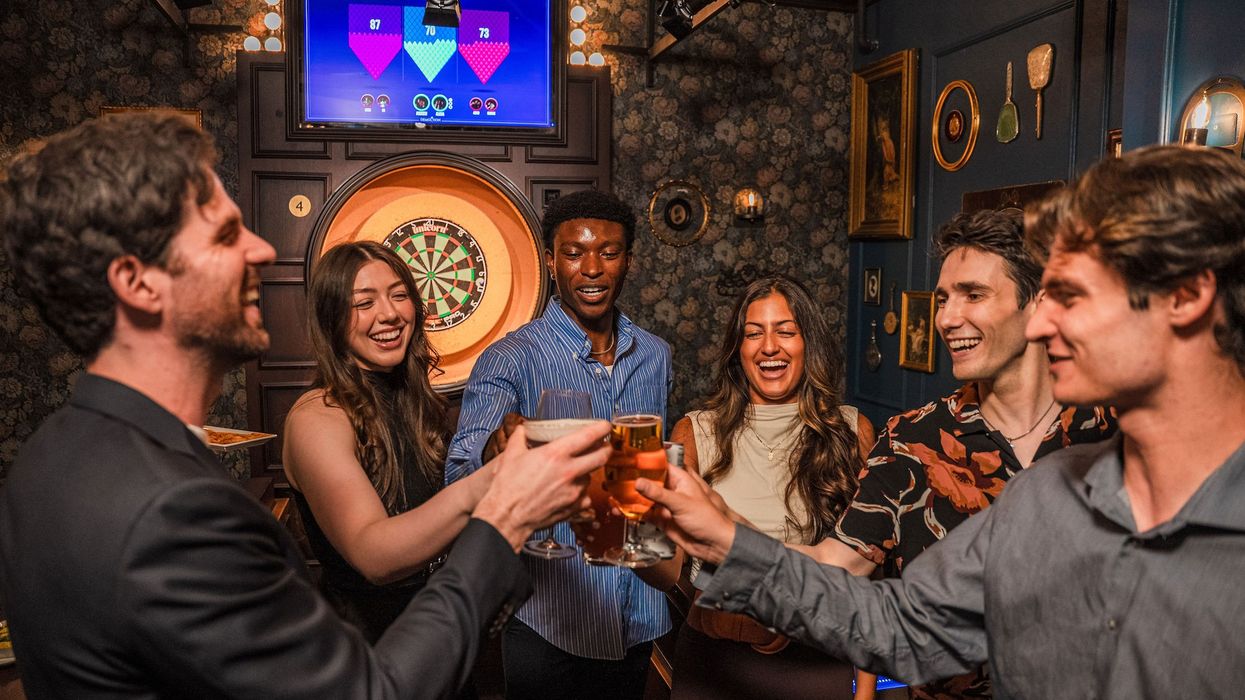
 Toby Harris
Toby Harris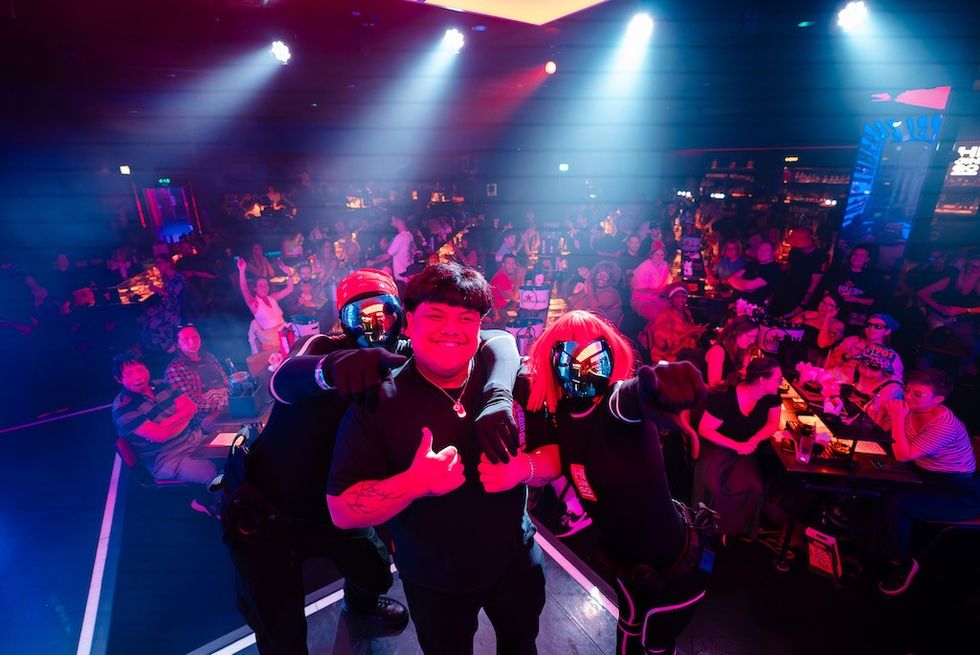 Hijingo
Hijingo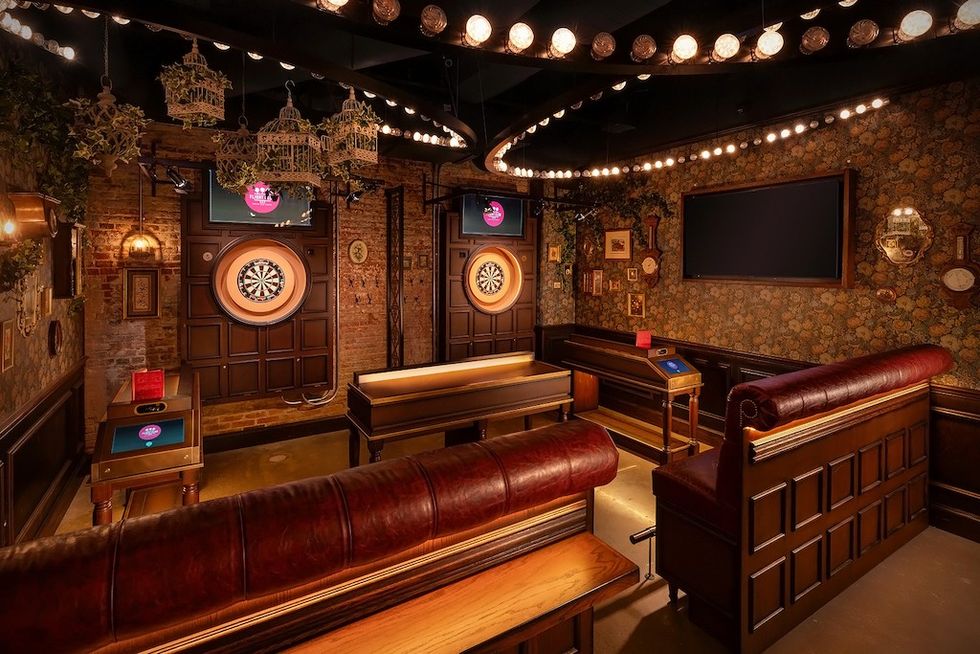 Flight Club, Washington D.C.
Flight Club, Washington D.C.
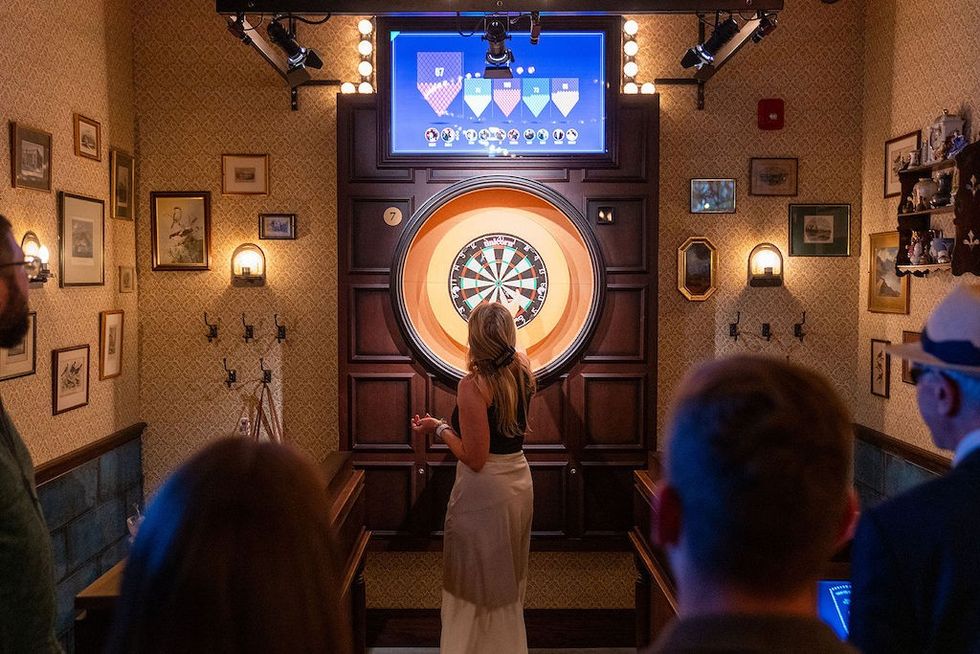 Flight Club Philadelphia
Flight Club Philadelphia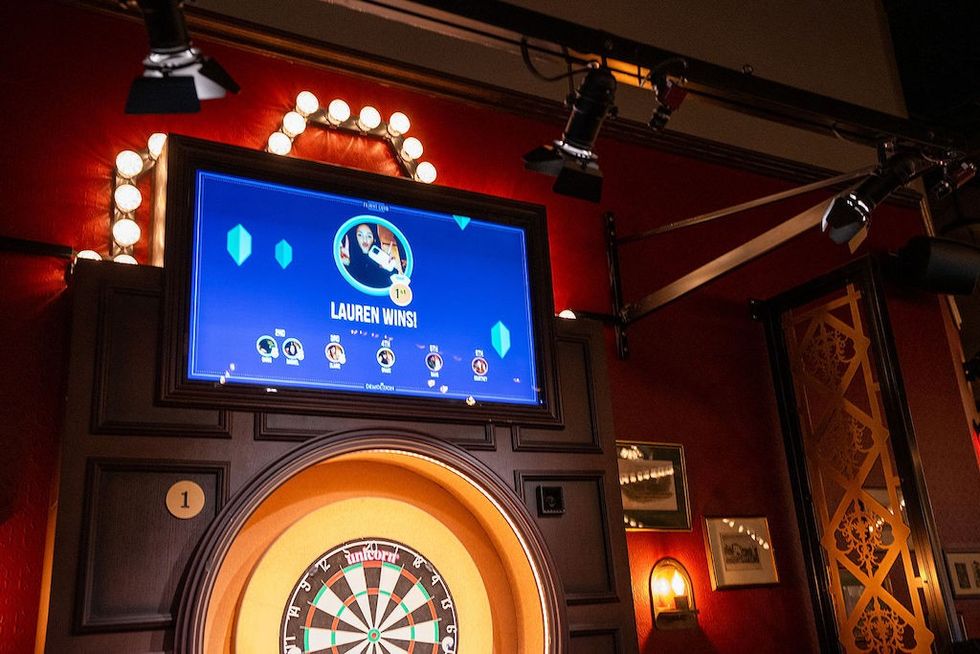 Flight Club Philadelphia
Flight Club Philadelphia Bounce
Bounce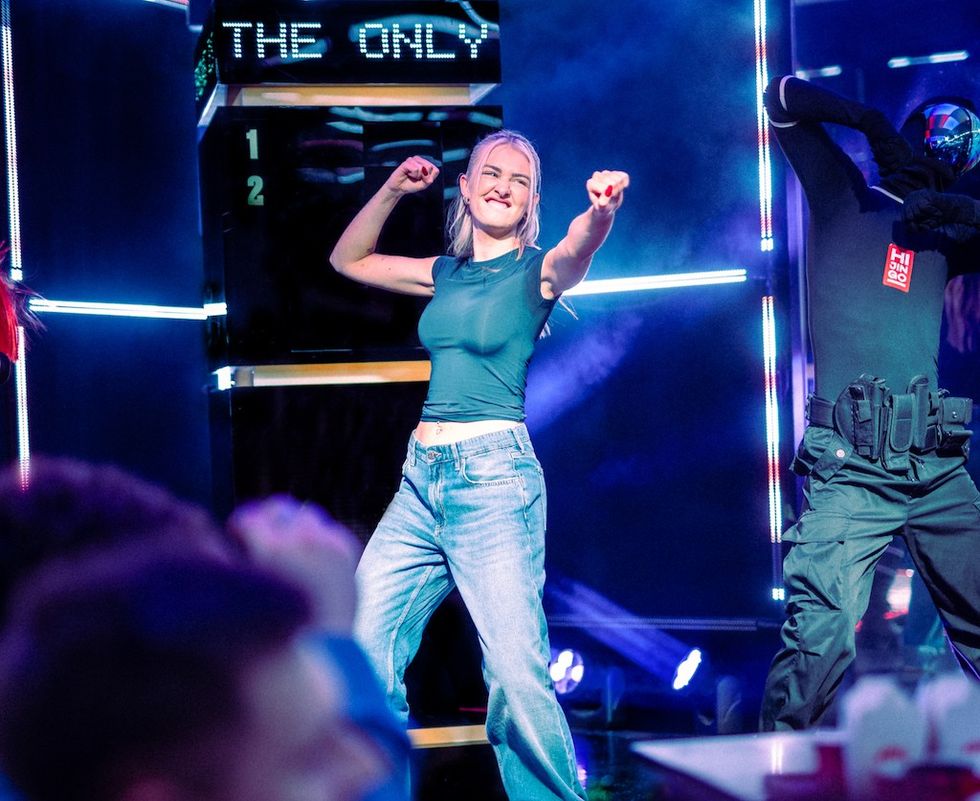 Hijingo
Hijingo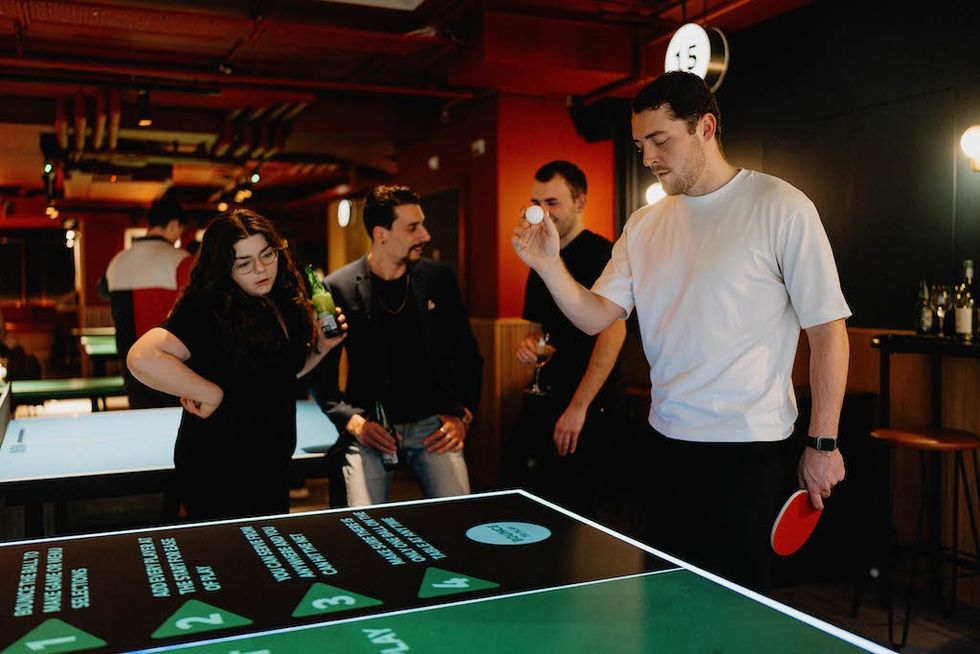 Bounce
Bounce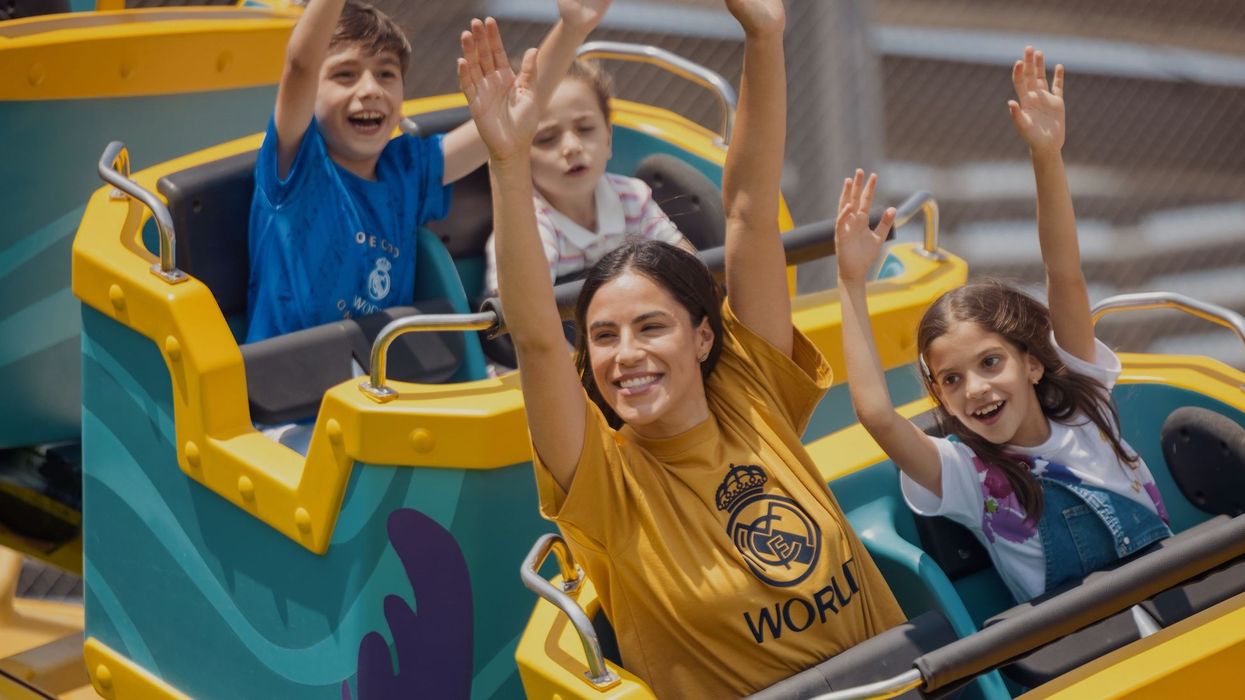
 Fernando Eiroa
Fernando Eiroa
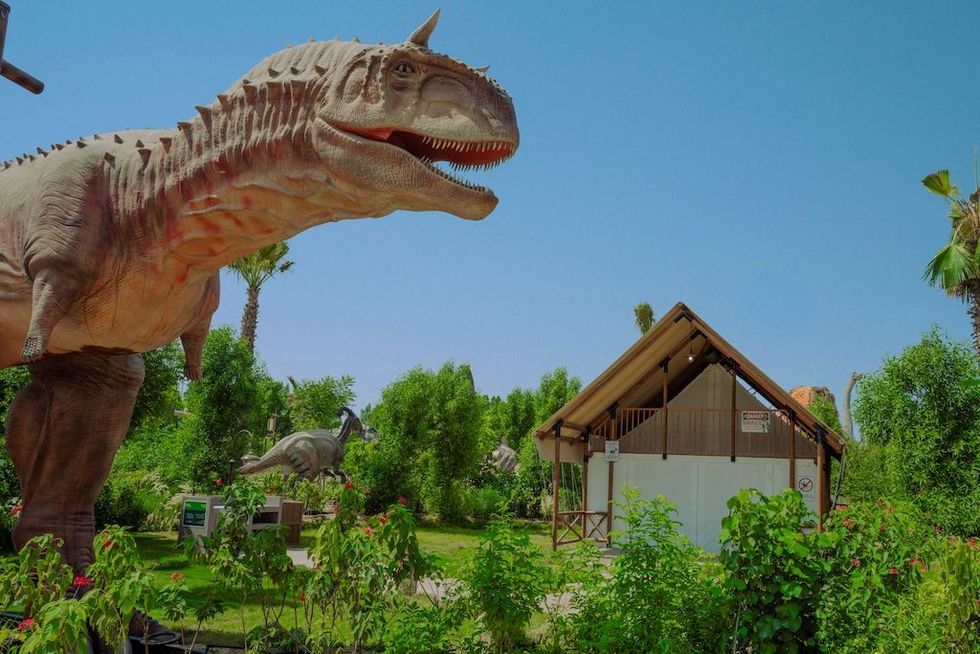

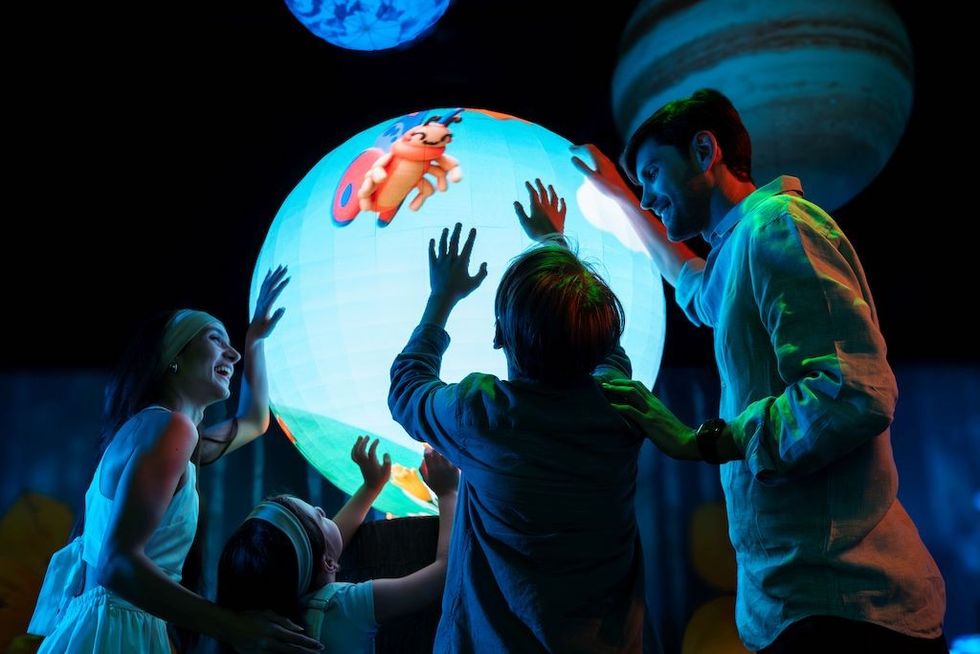



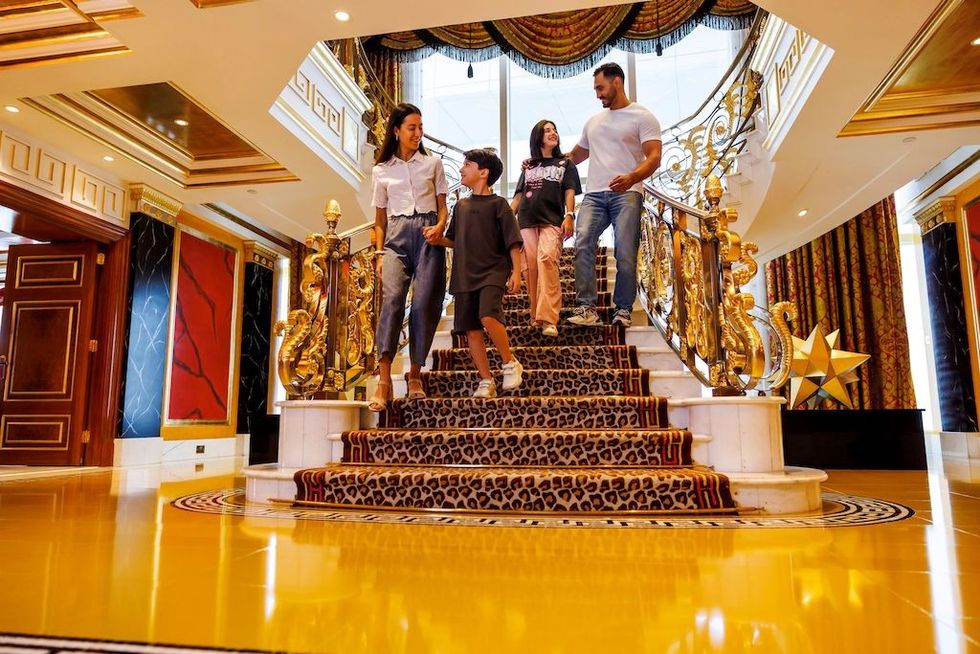




 Nickelodeon Land at Parque de Atracciones de Madrid
Nickelodeon Land at Parque de Atracciones de Madrid Raging Waters
Raging Waters 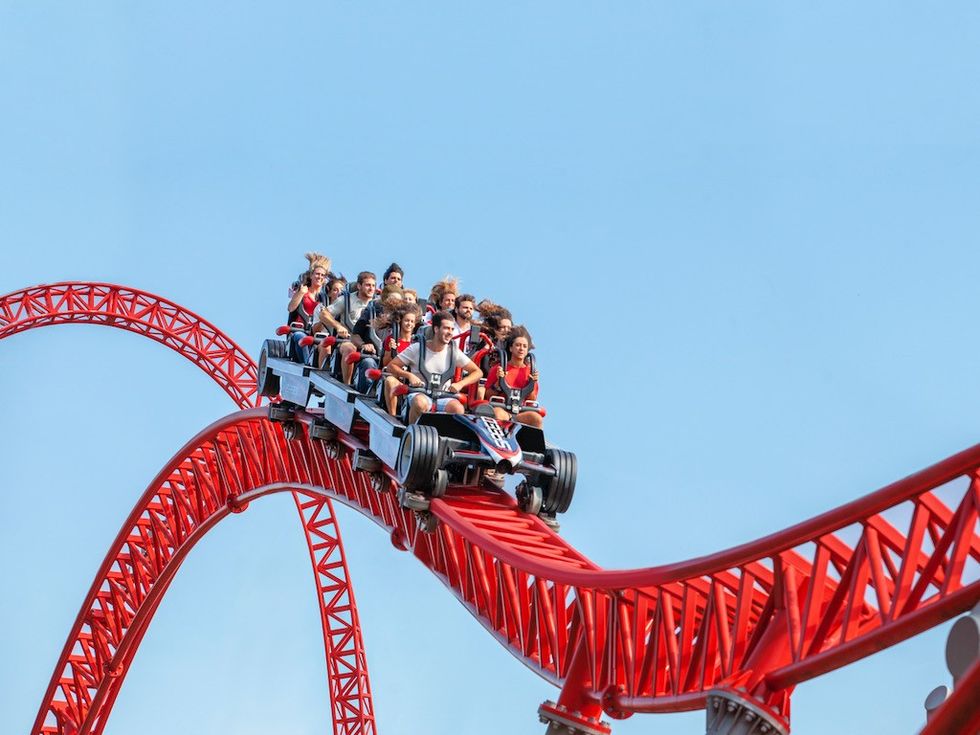 Mirabilandia's iSpeed coaster
Mirabilandia's iSpeed coaster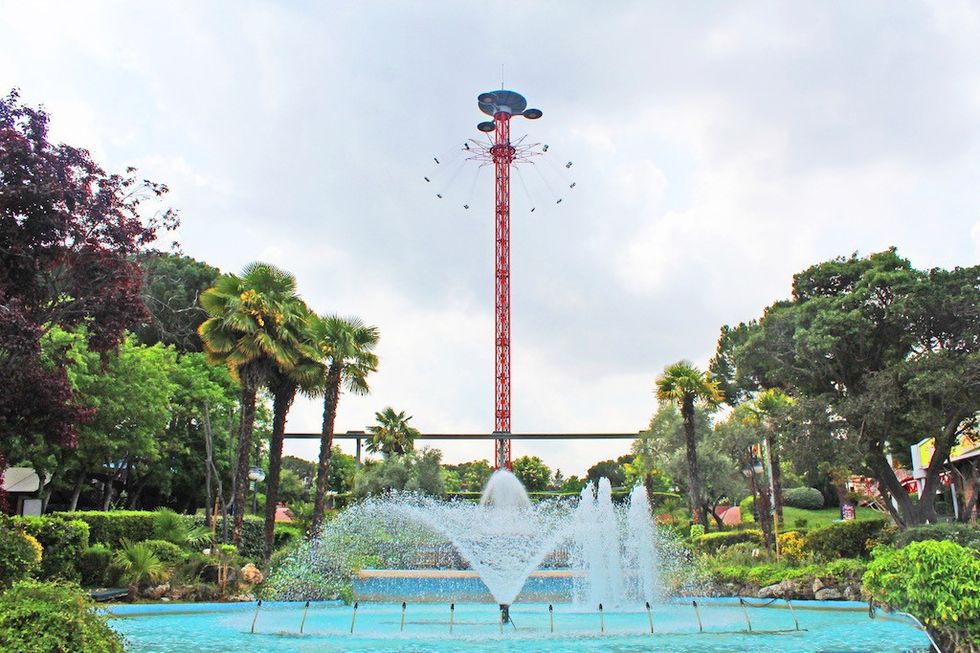 Parque de Atracciones de Madrid
Parque de Atracciones de Madrid Ferracci at the ribbon-cutting ceremony for Nickelodeon Land at Mirabilandia, with (left) Marie Marks, senior VP of global experiences for Paramount and (cutting the ribbon) Sabrina Mangina, GM at Mirabilandia
Ferracci at the ribbon-cutting ceremony for Nickelodeon Land at Mirabilandia, with (left) Marie Marks, senior VP of global experiences for Paramount and (cutting the ribbon) Sabrina Mangina, GM at Mirabilandia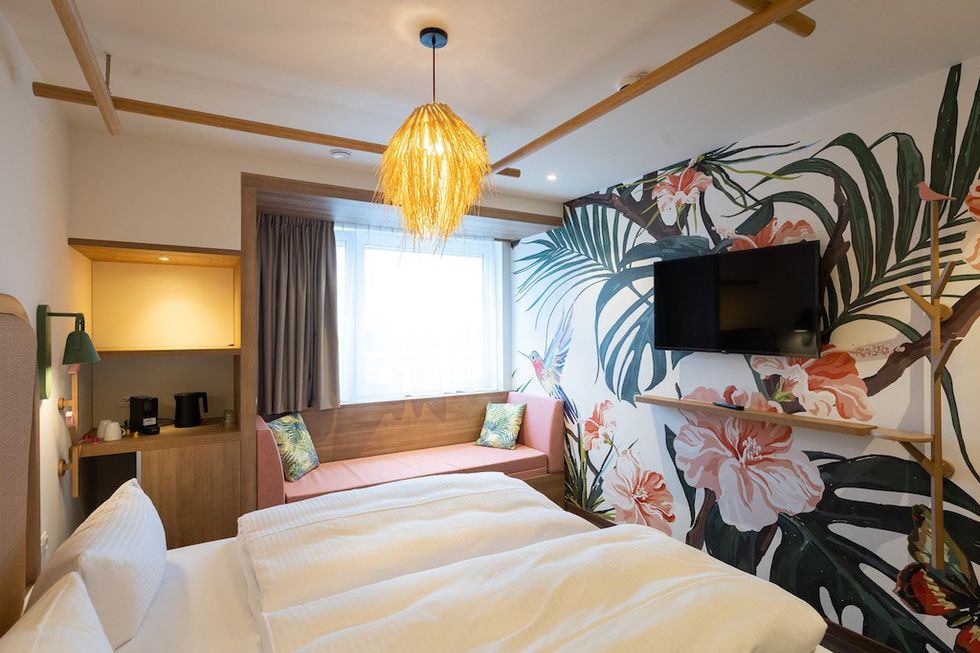 Tropical Islands OHANA hotel
Tropical Islands OHANA hotel Elephants at Blackpool Zoo
Elephants at Blackpool Zoo  Tusenfryd
Tusenfryd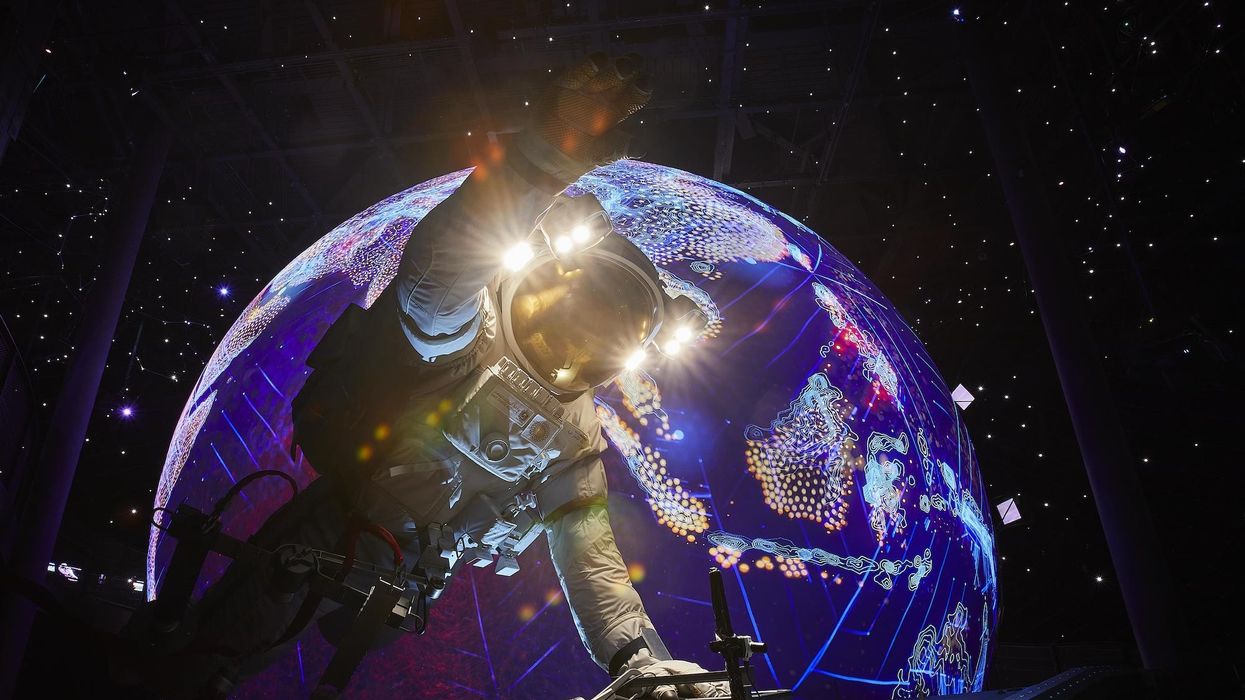
 Andrew Thomas, Jason Aldous and Rik Athorne
Andrew Thomas, Jason Aldous and Rik Athorne
